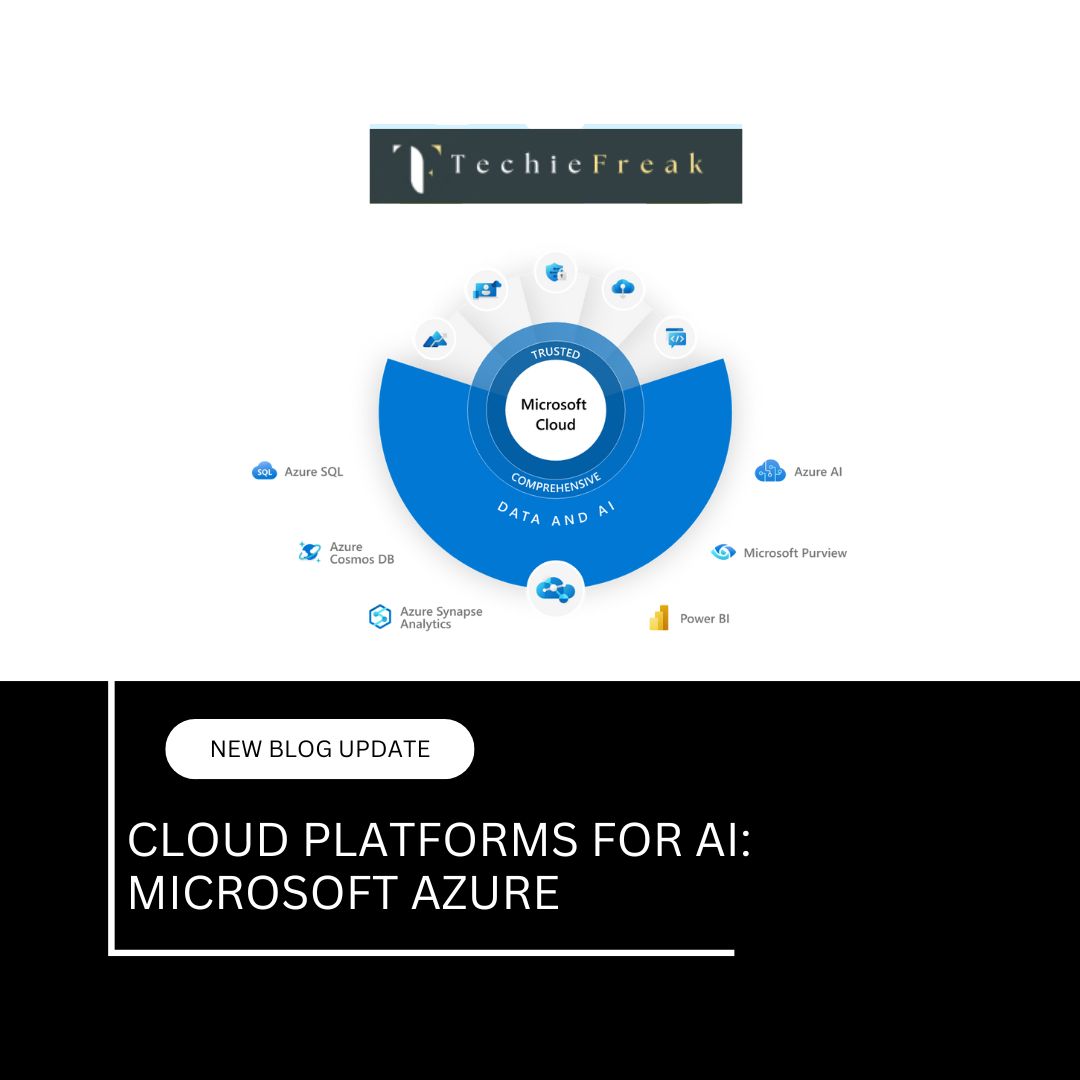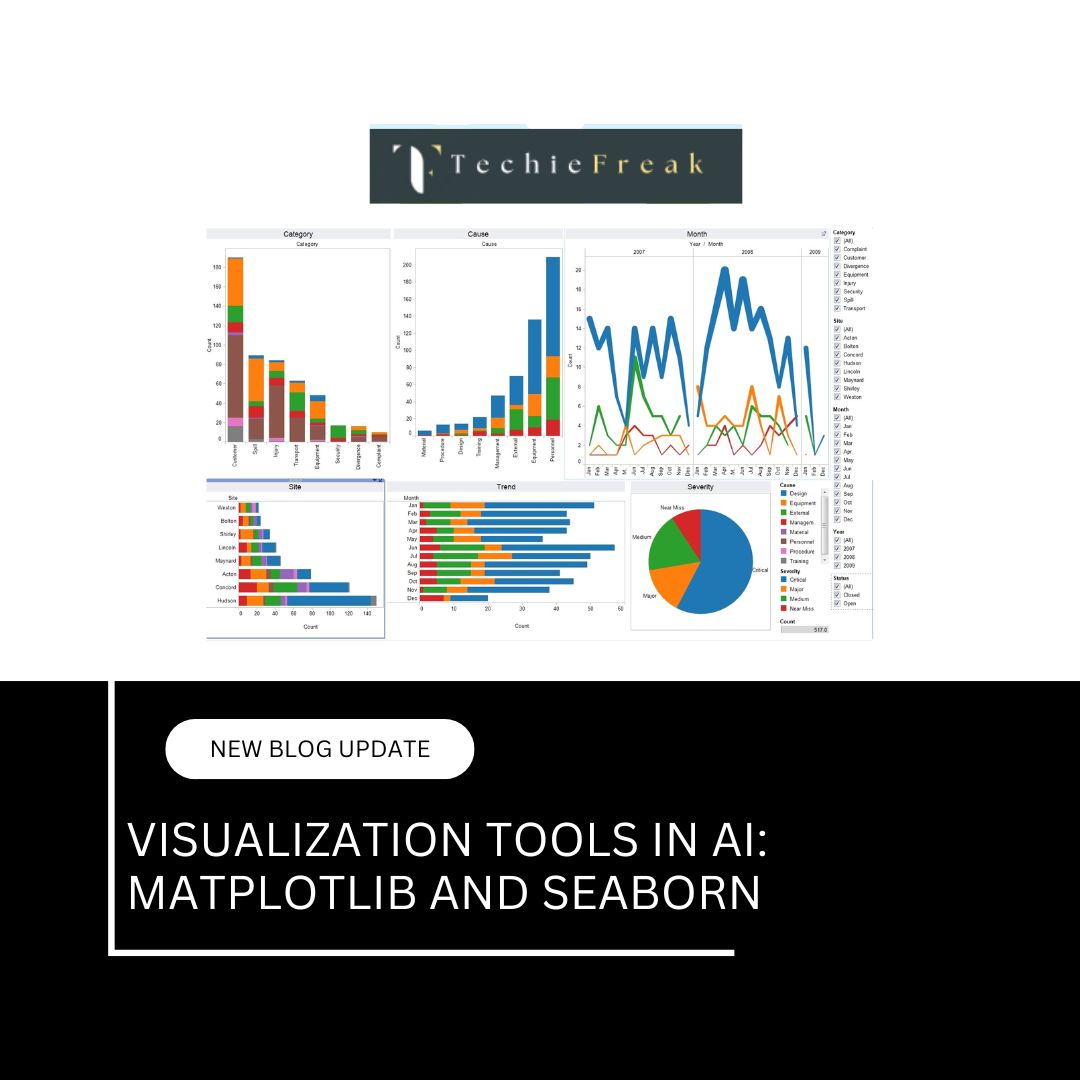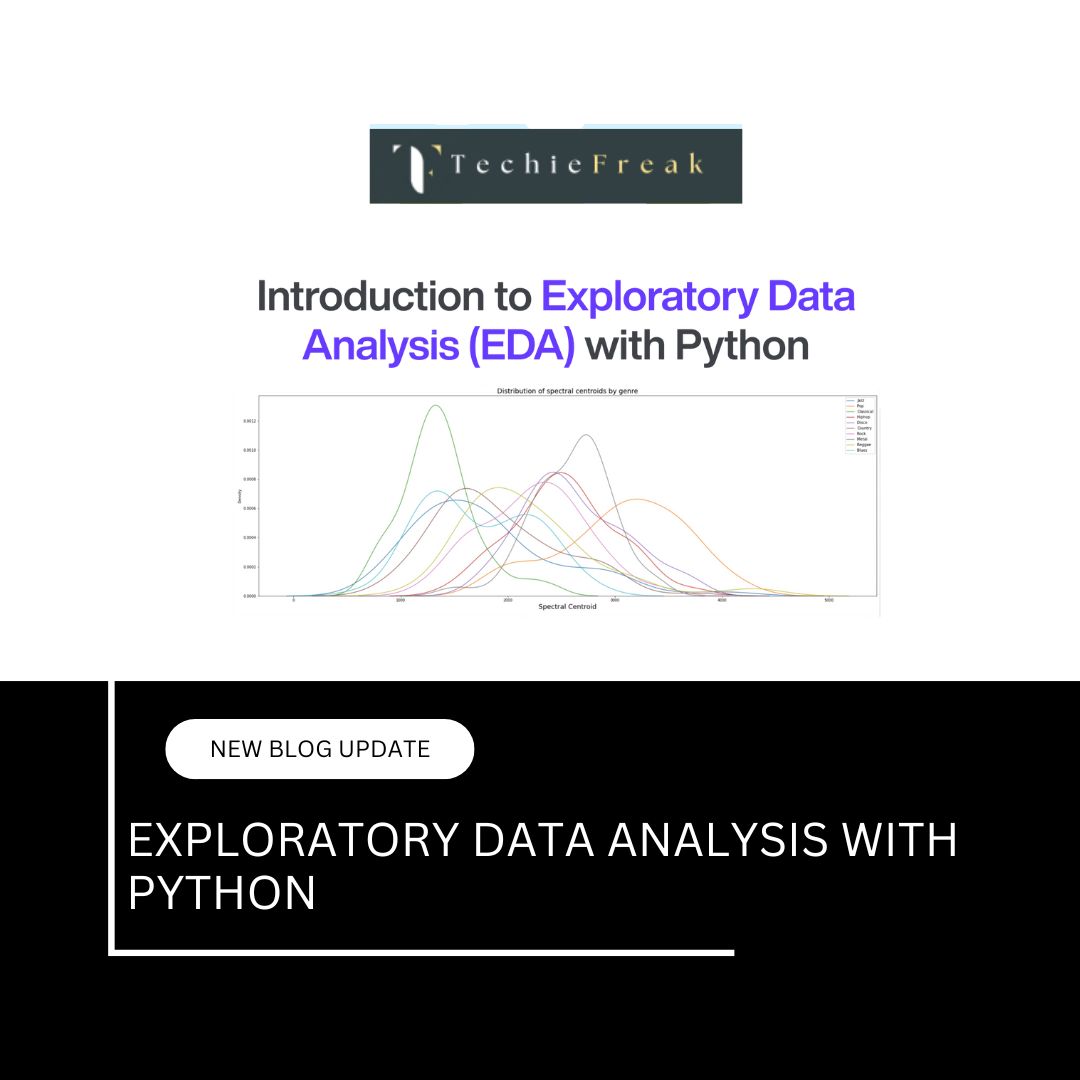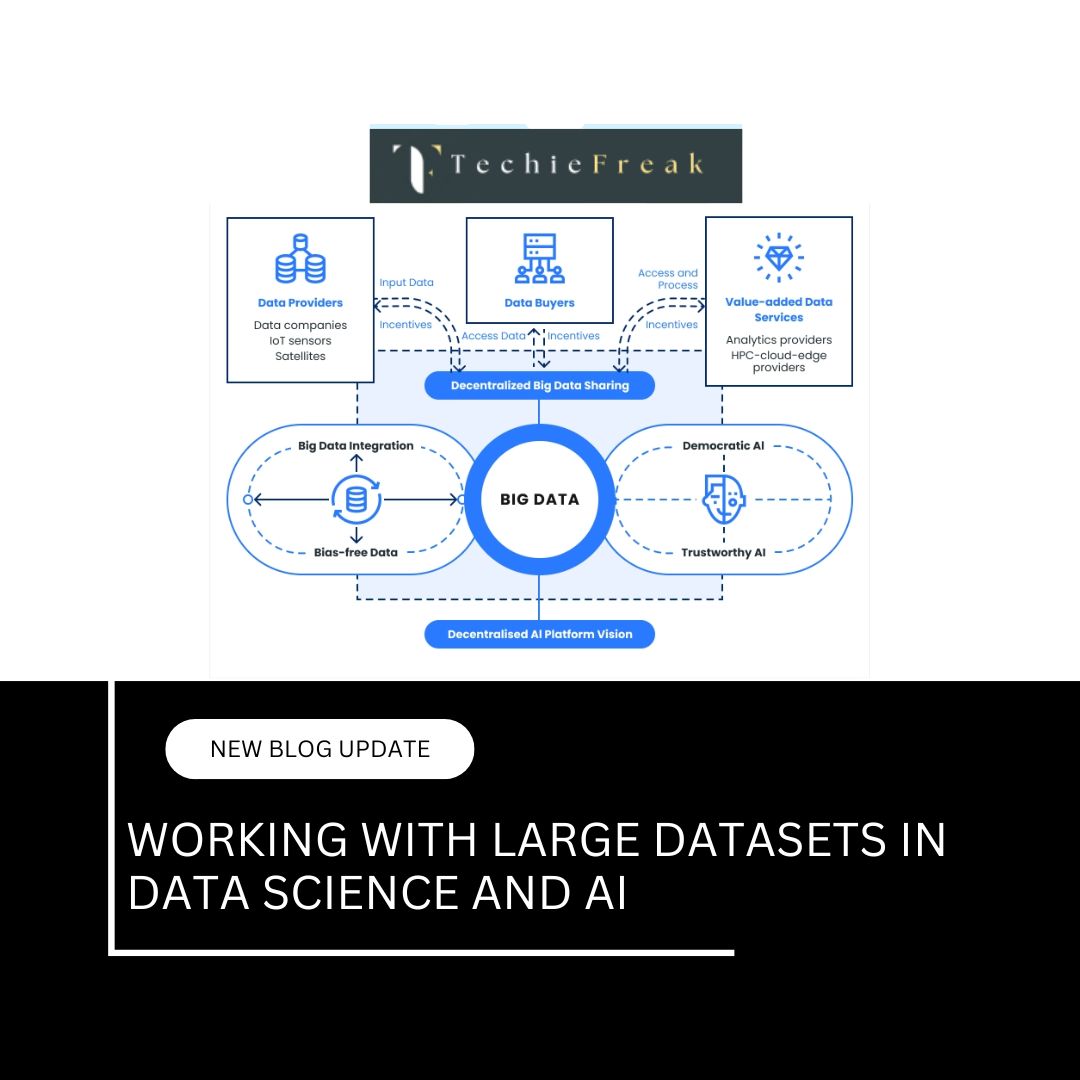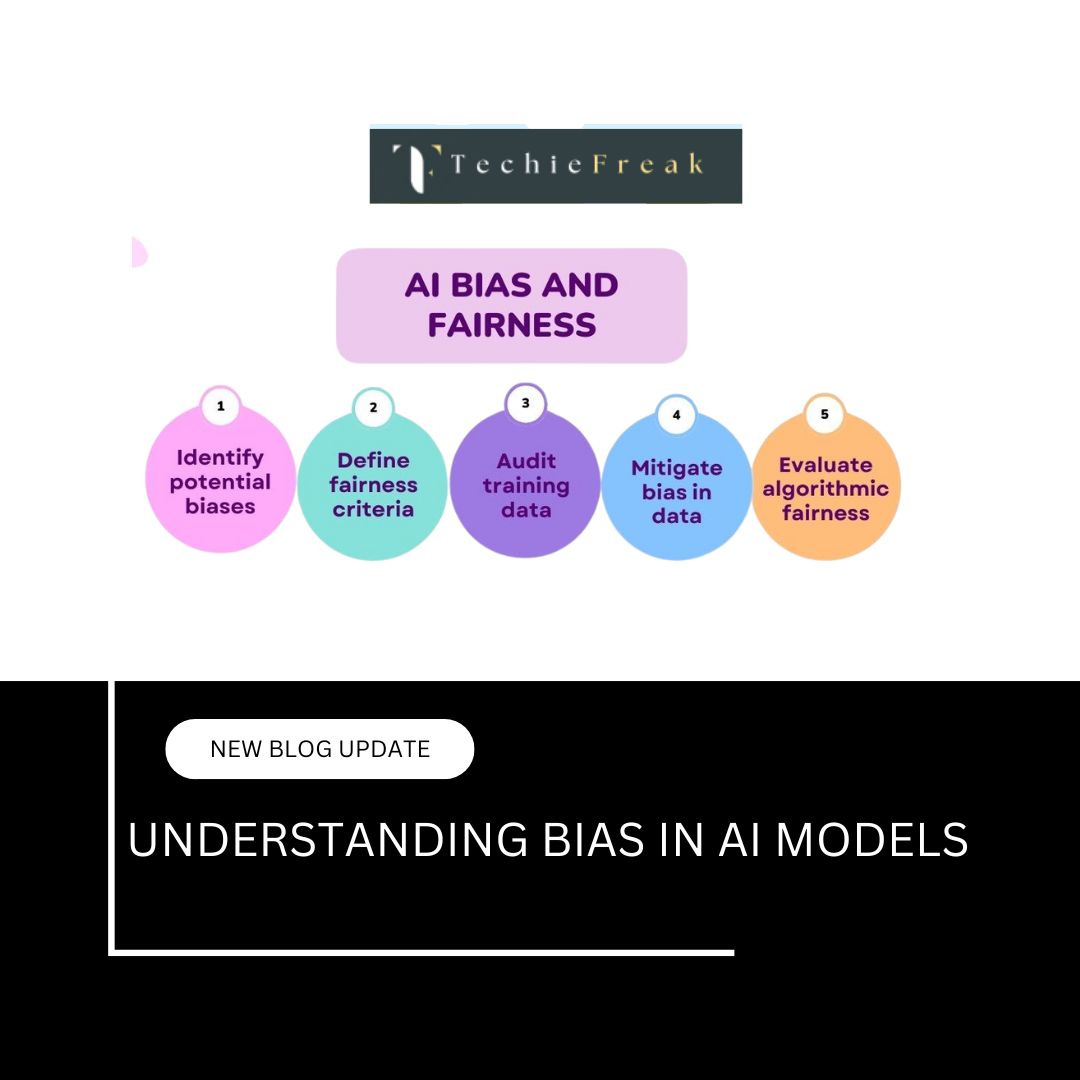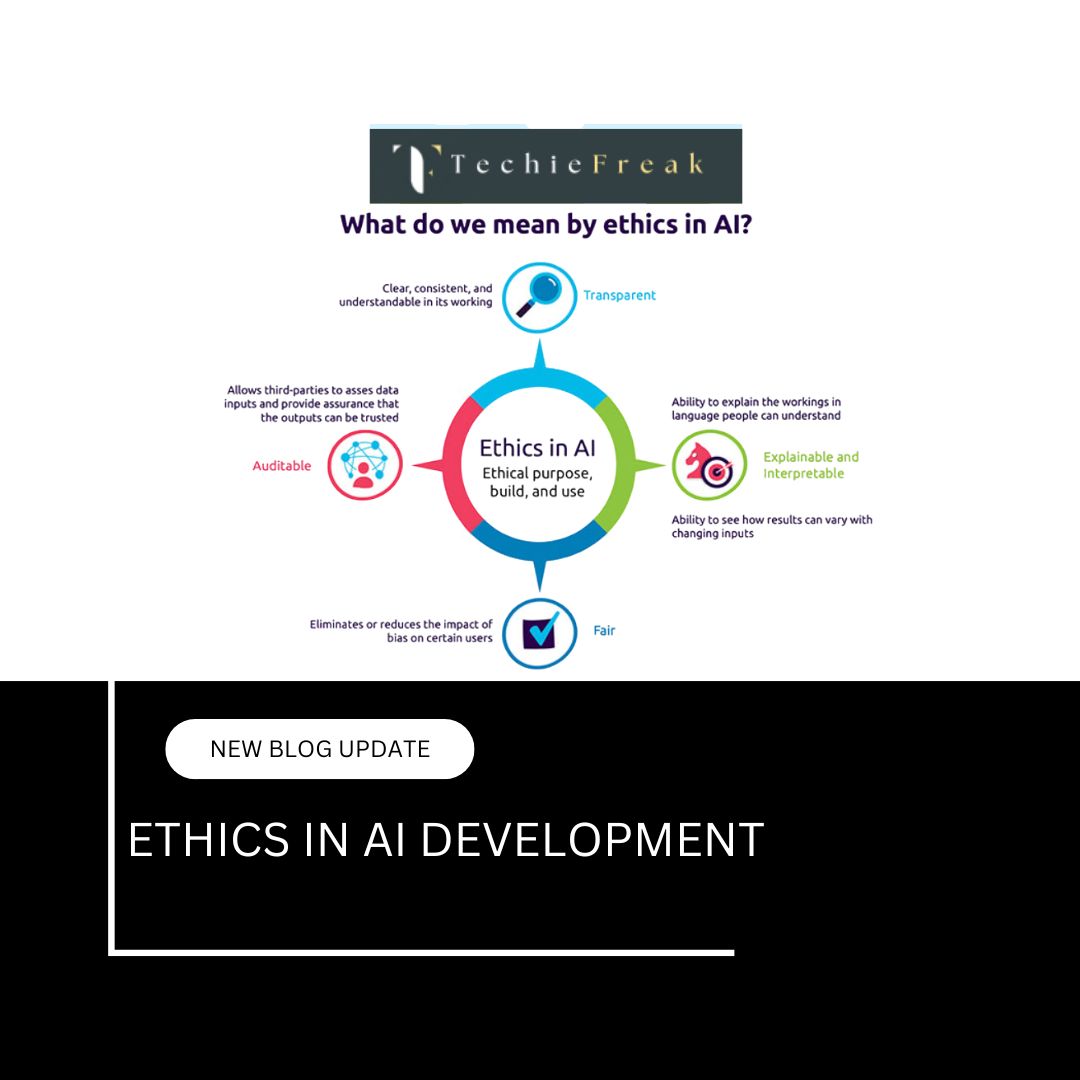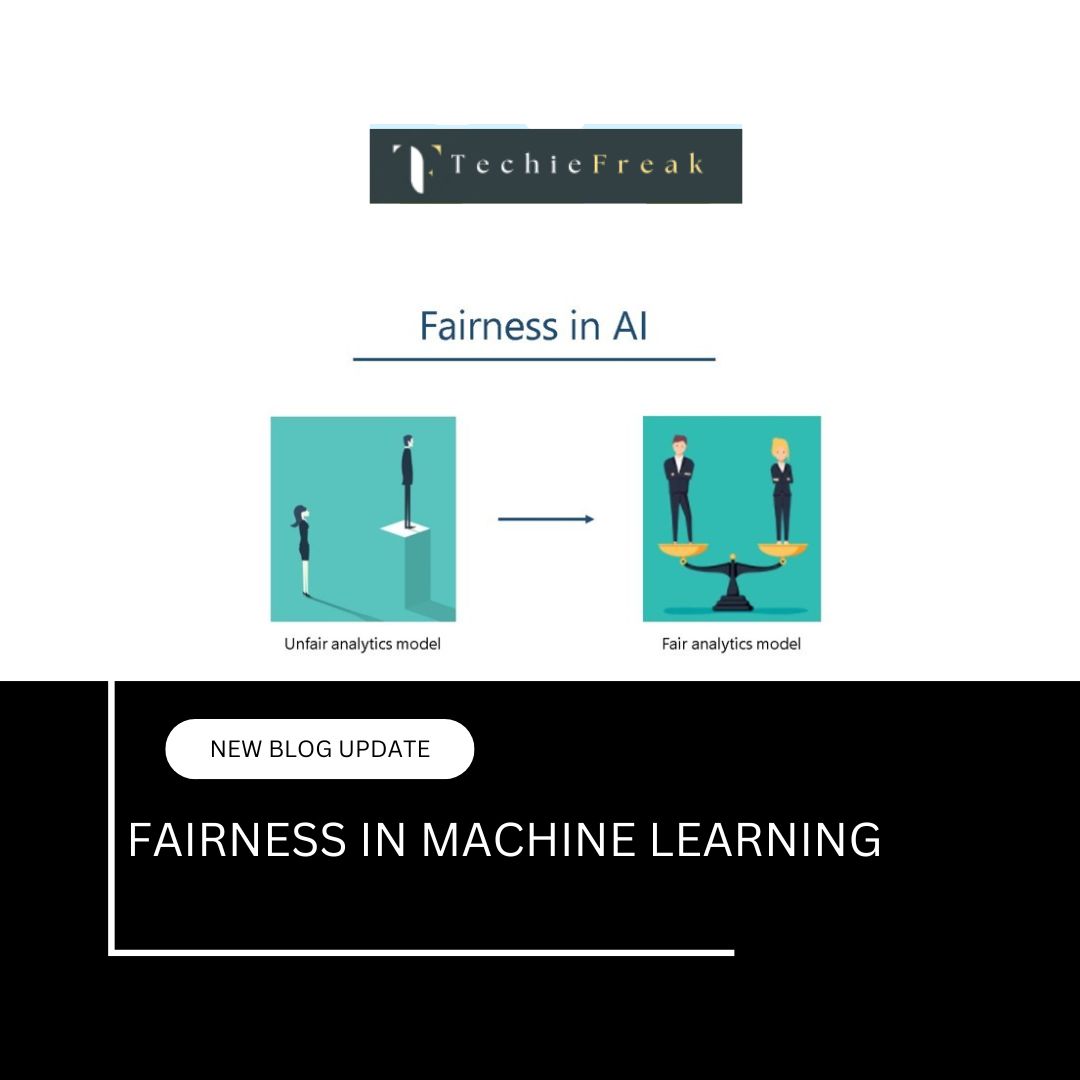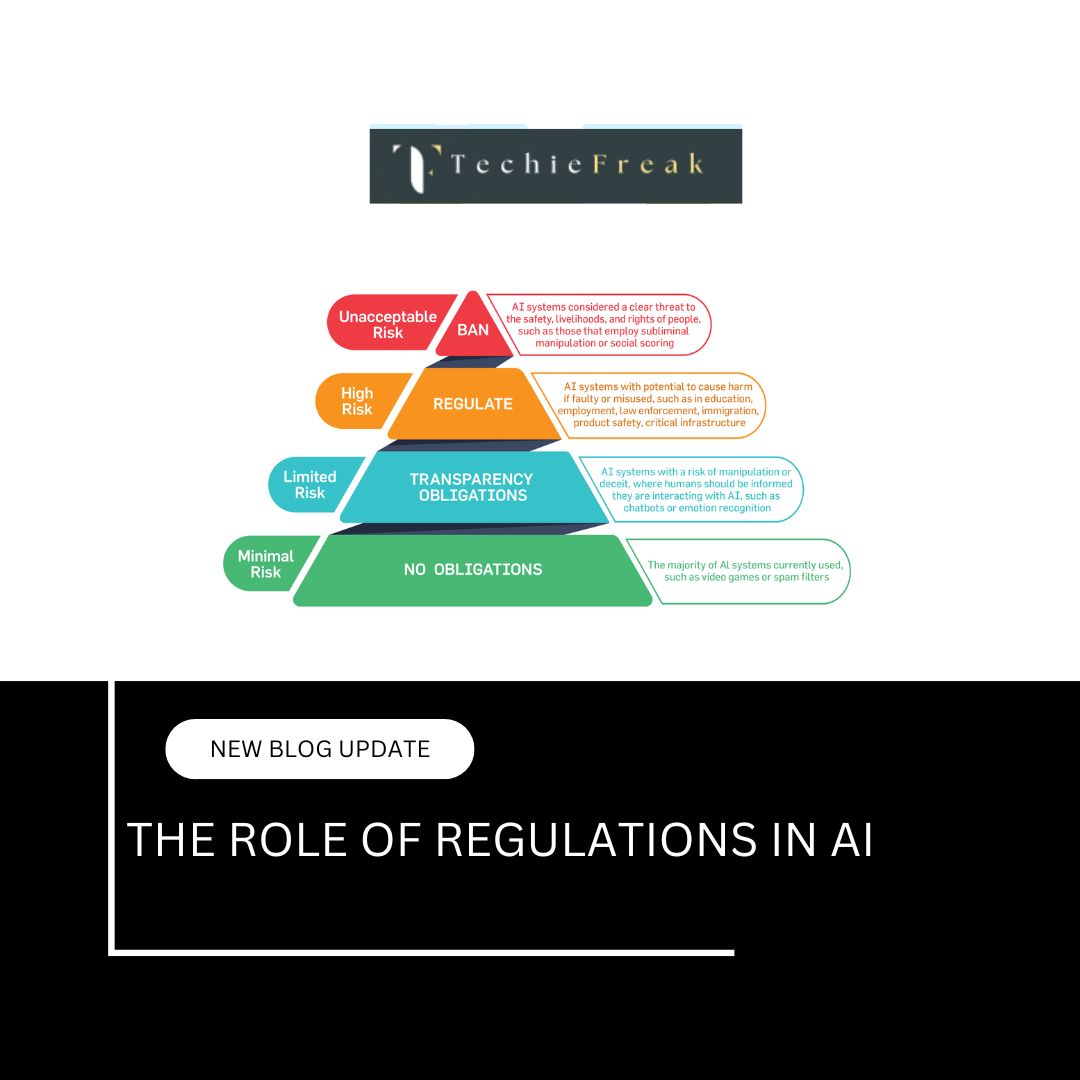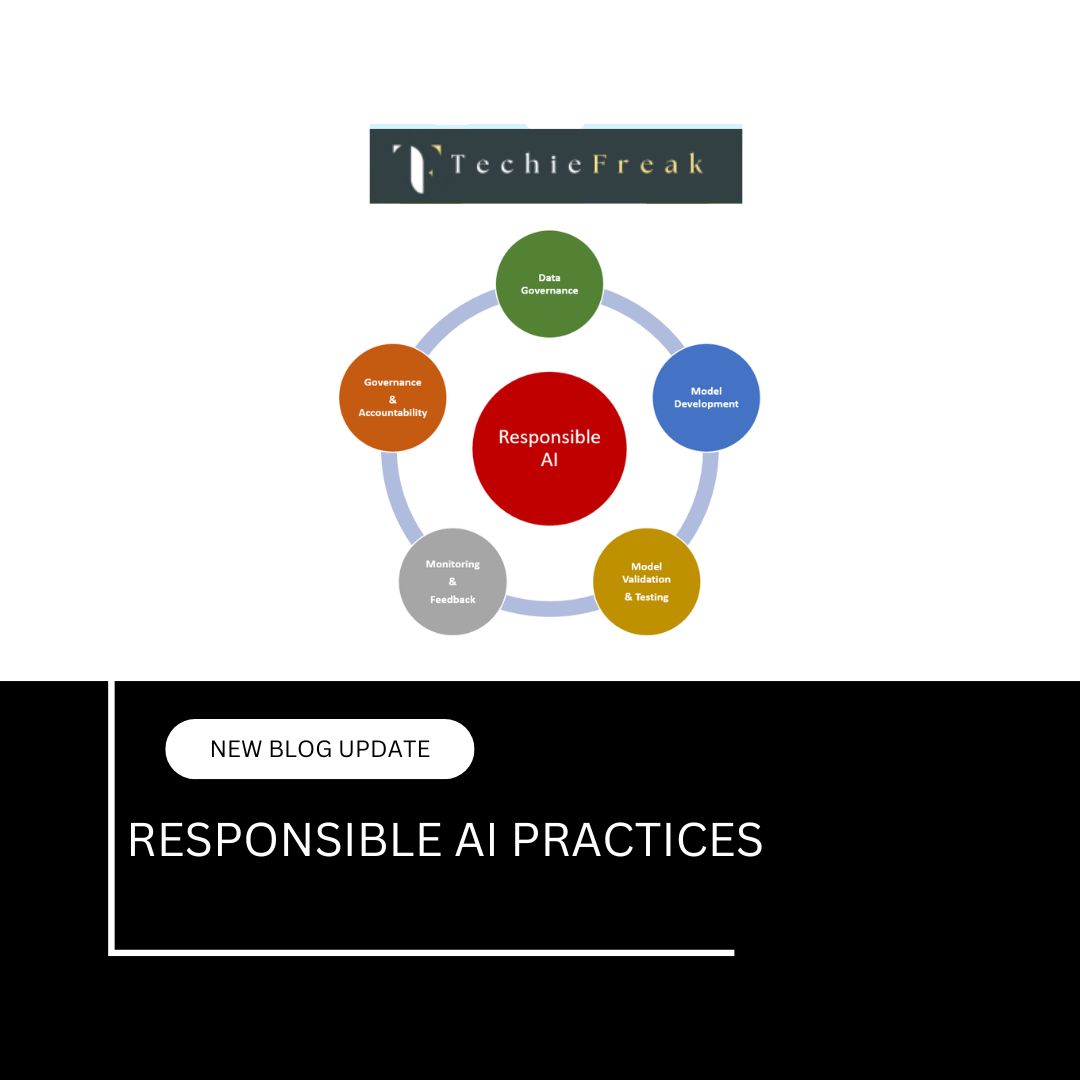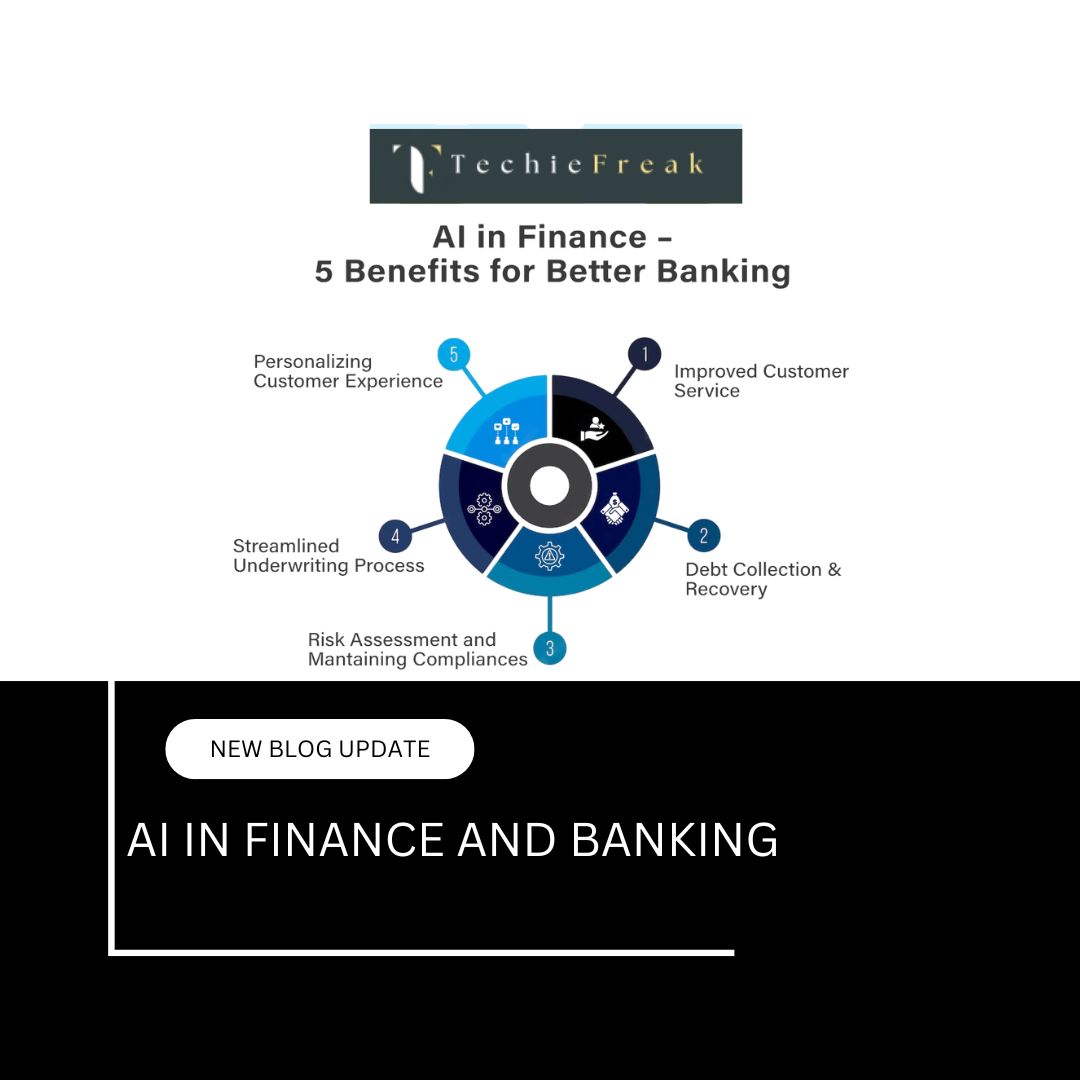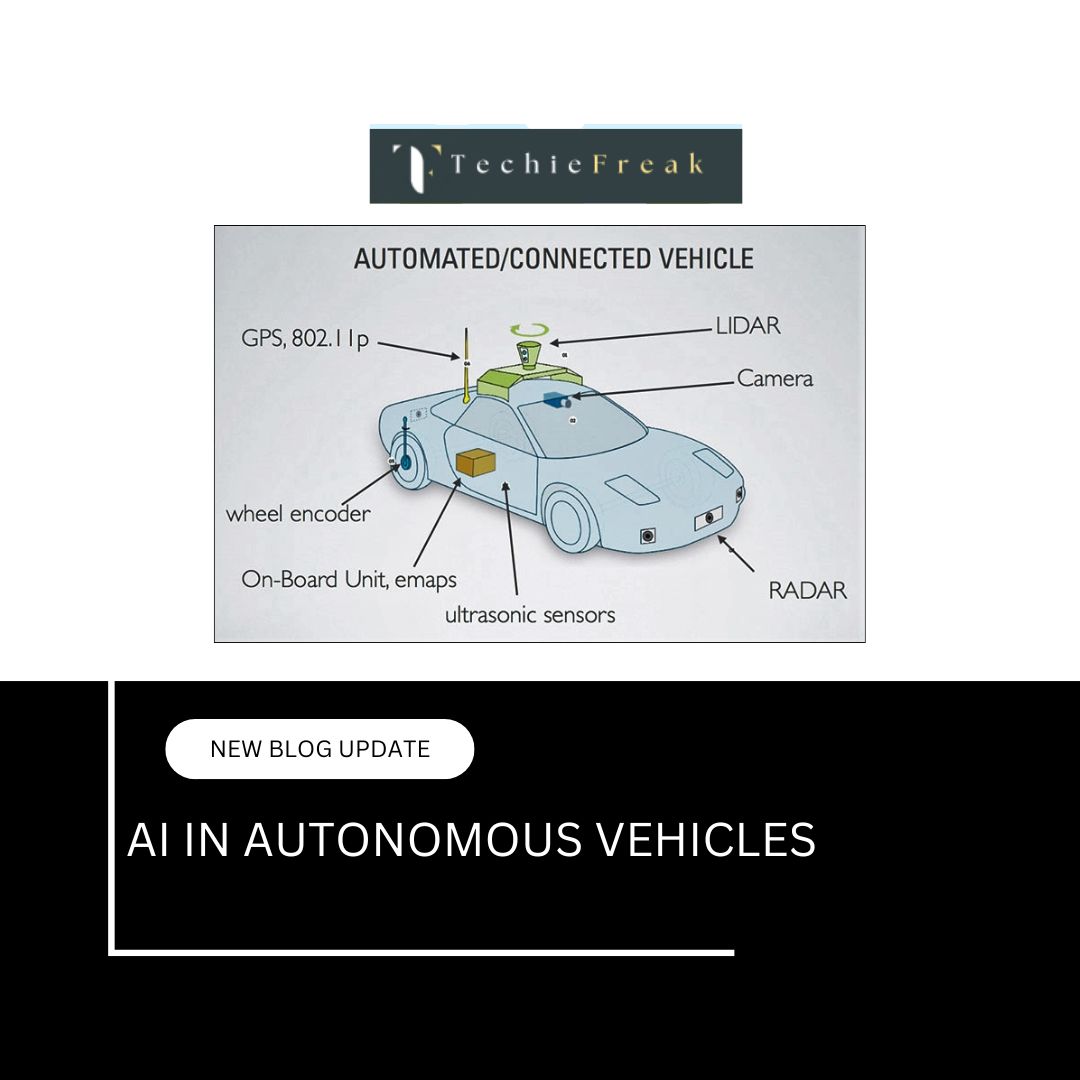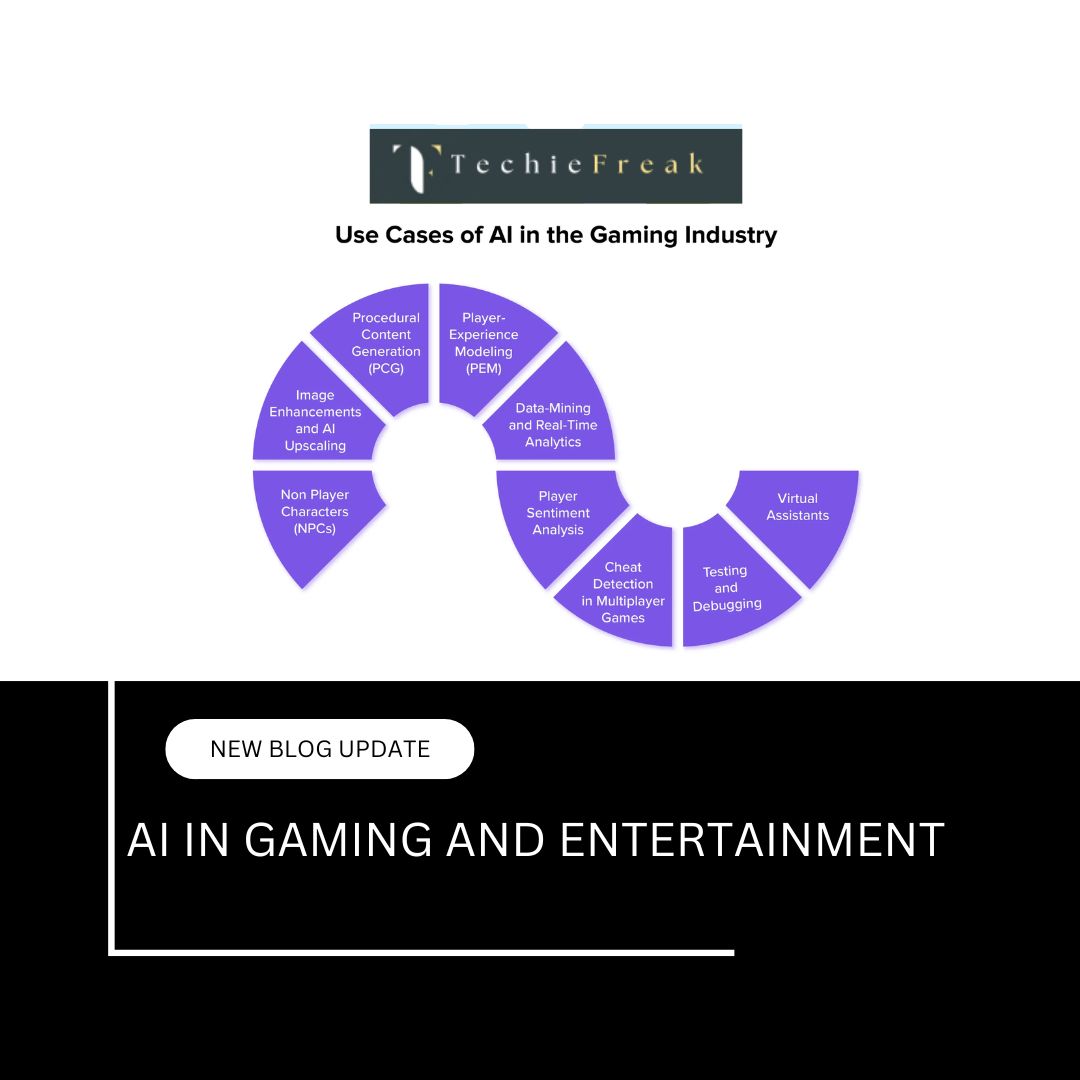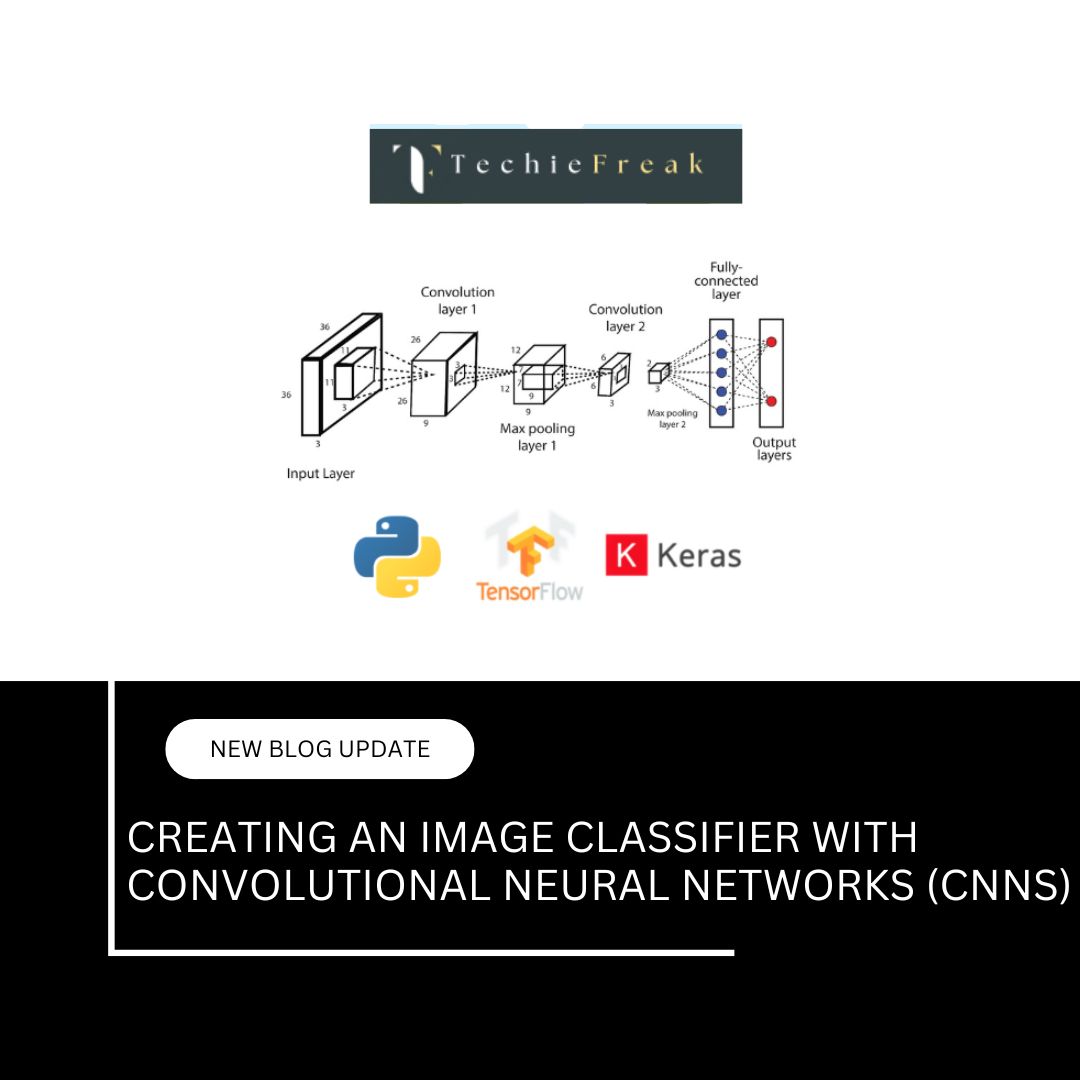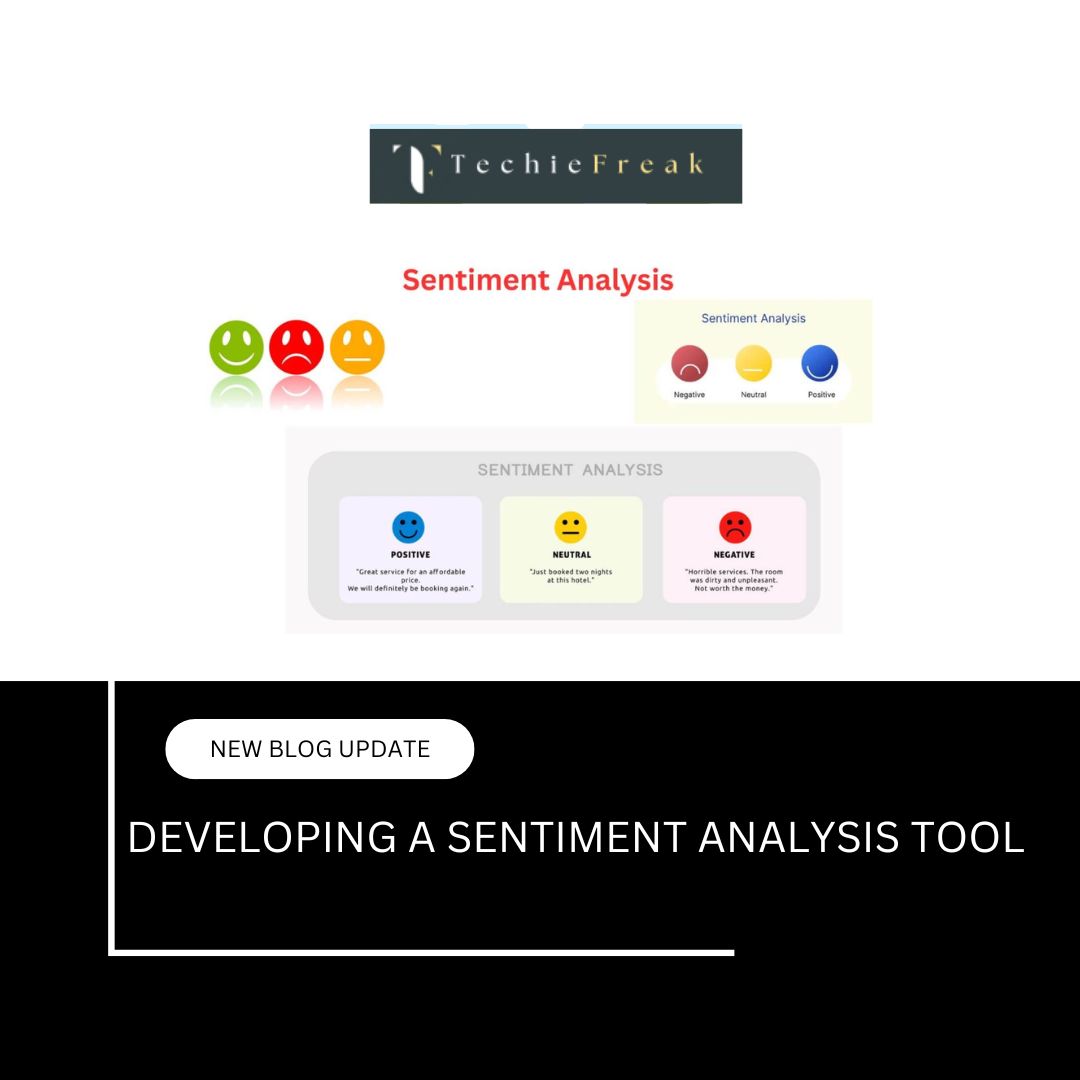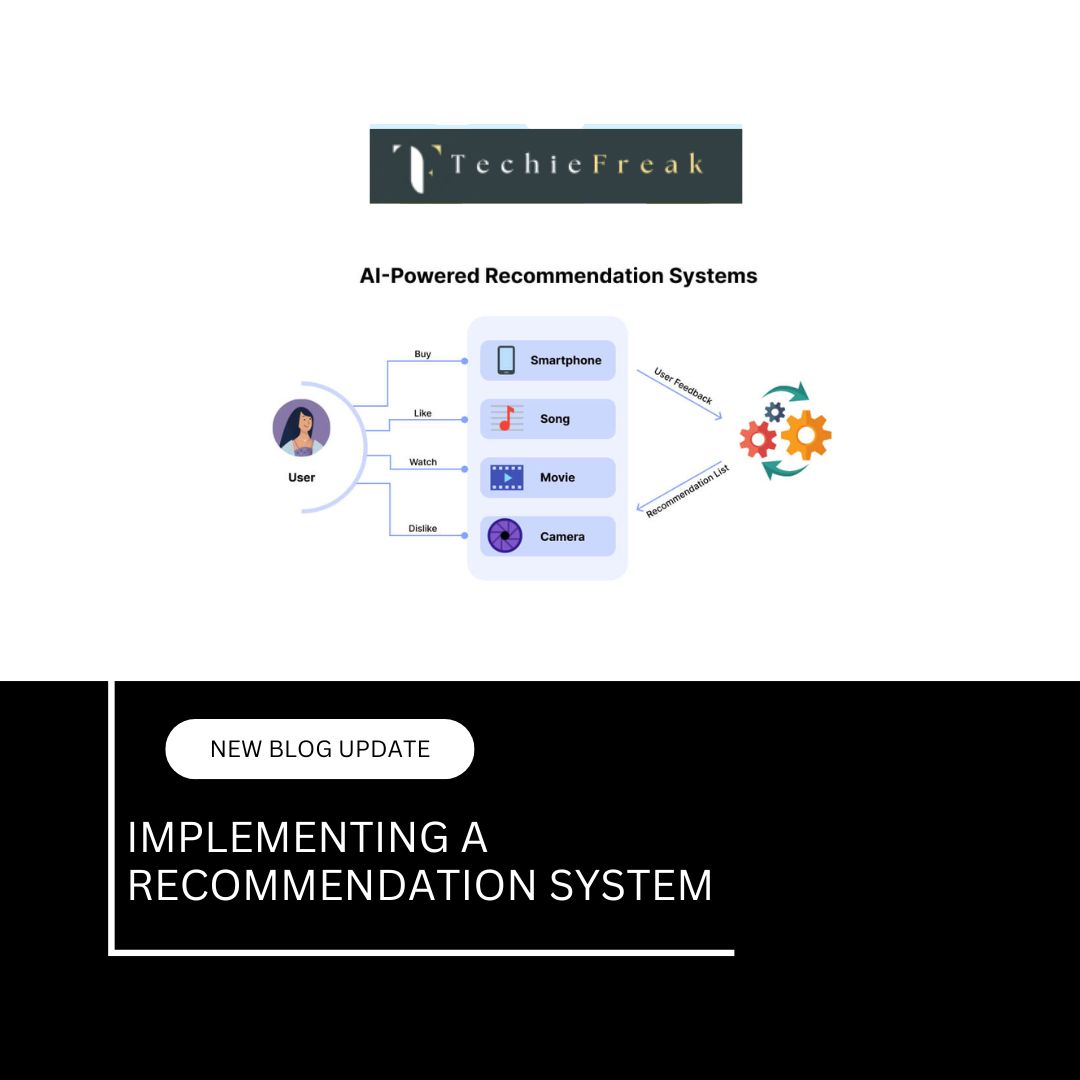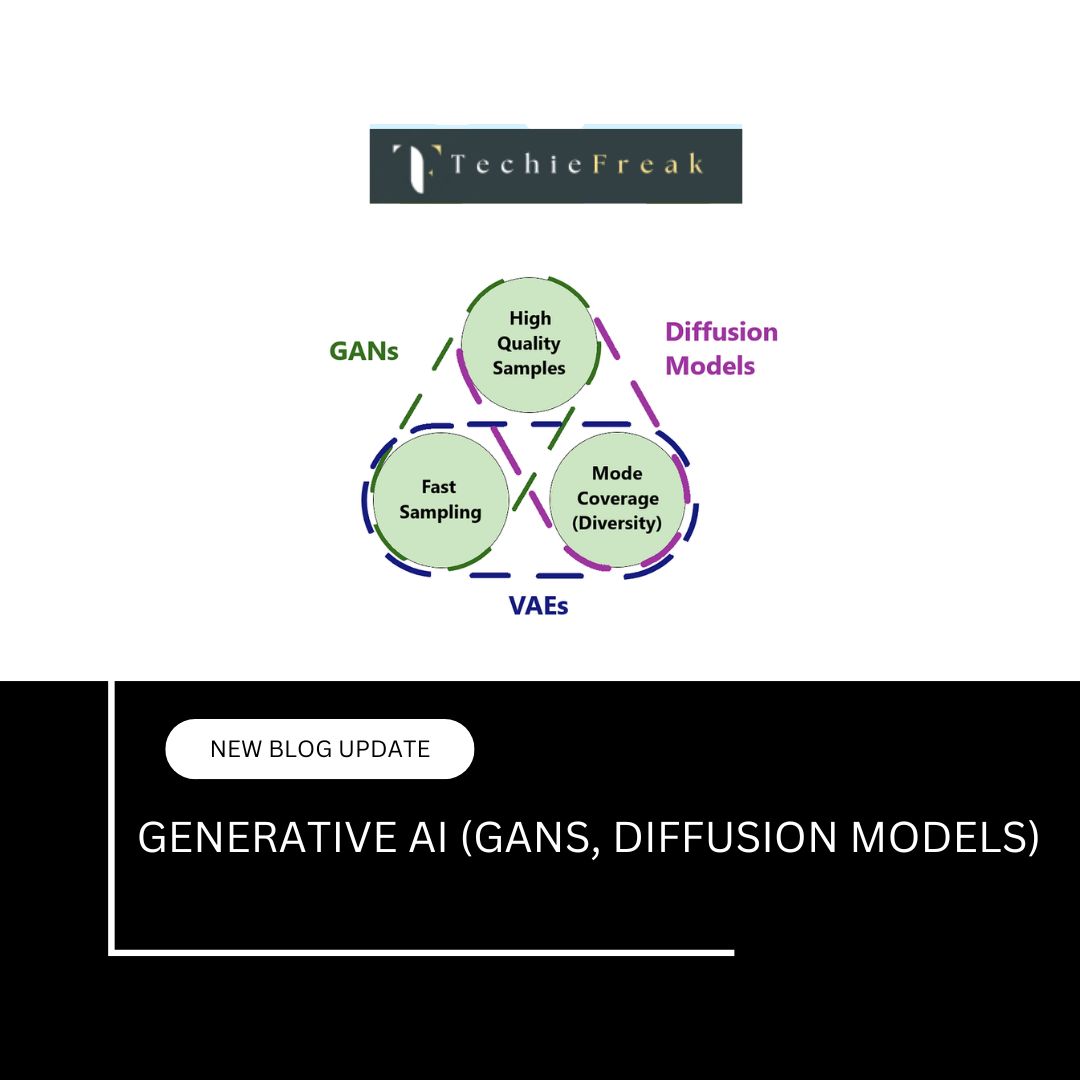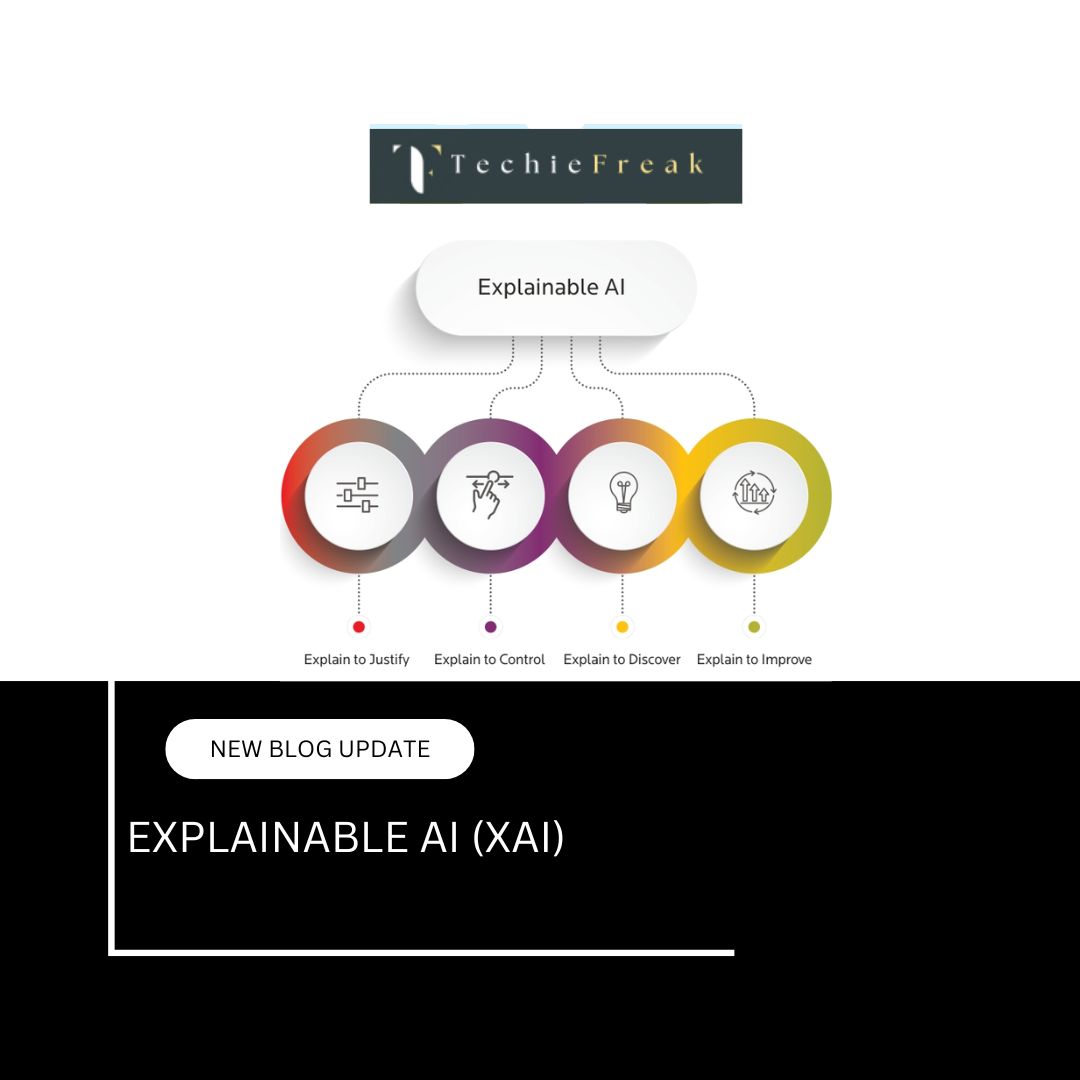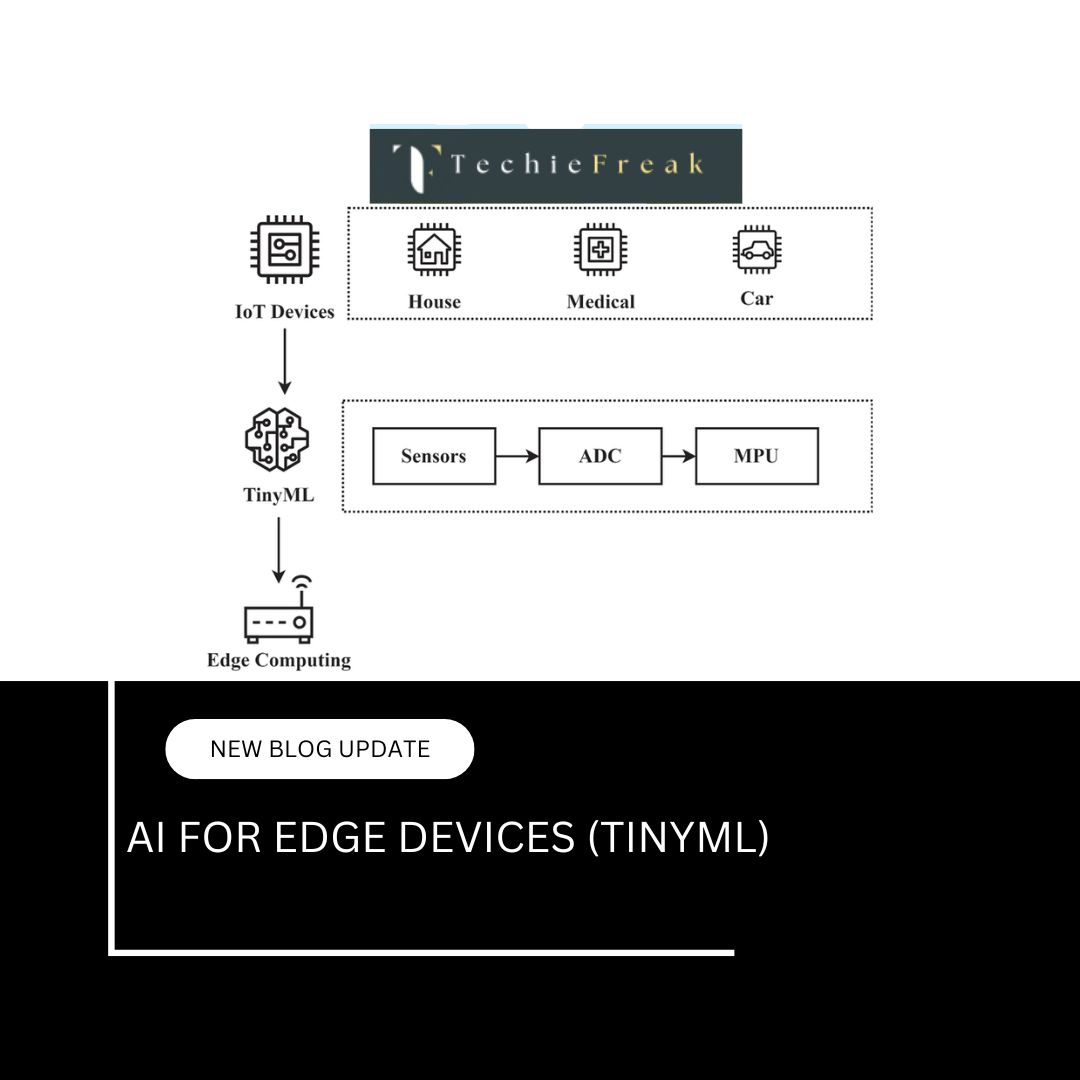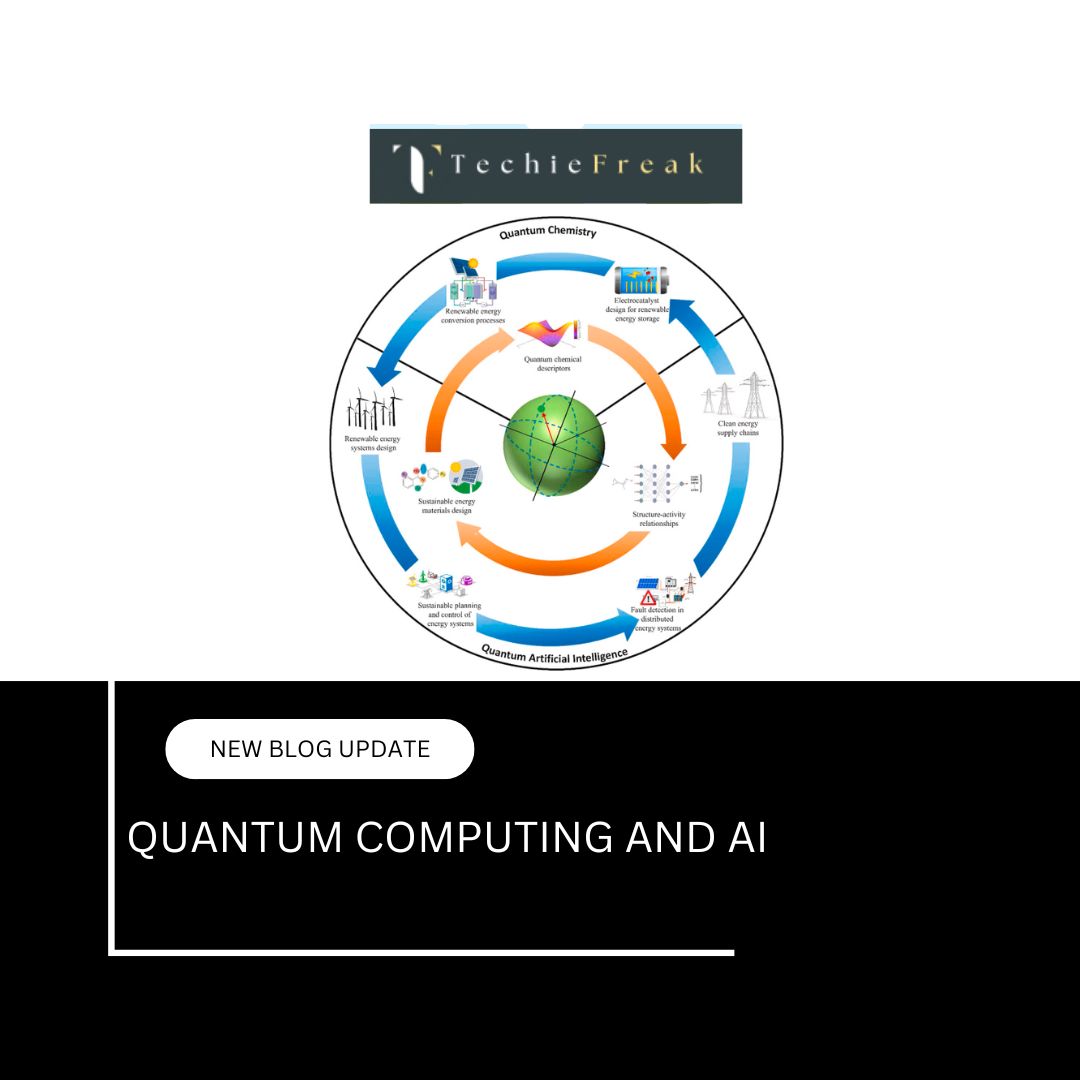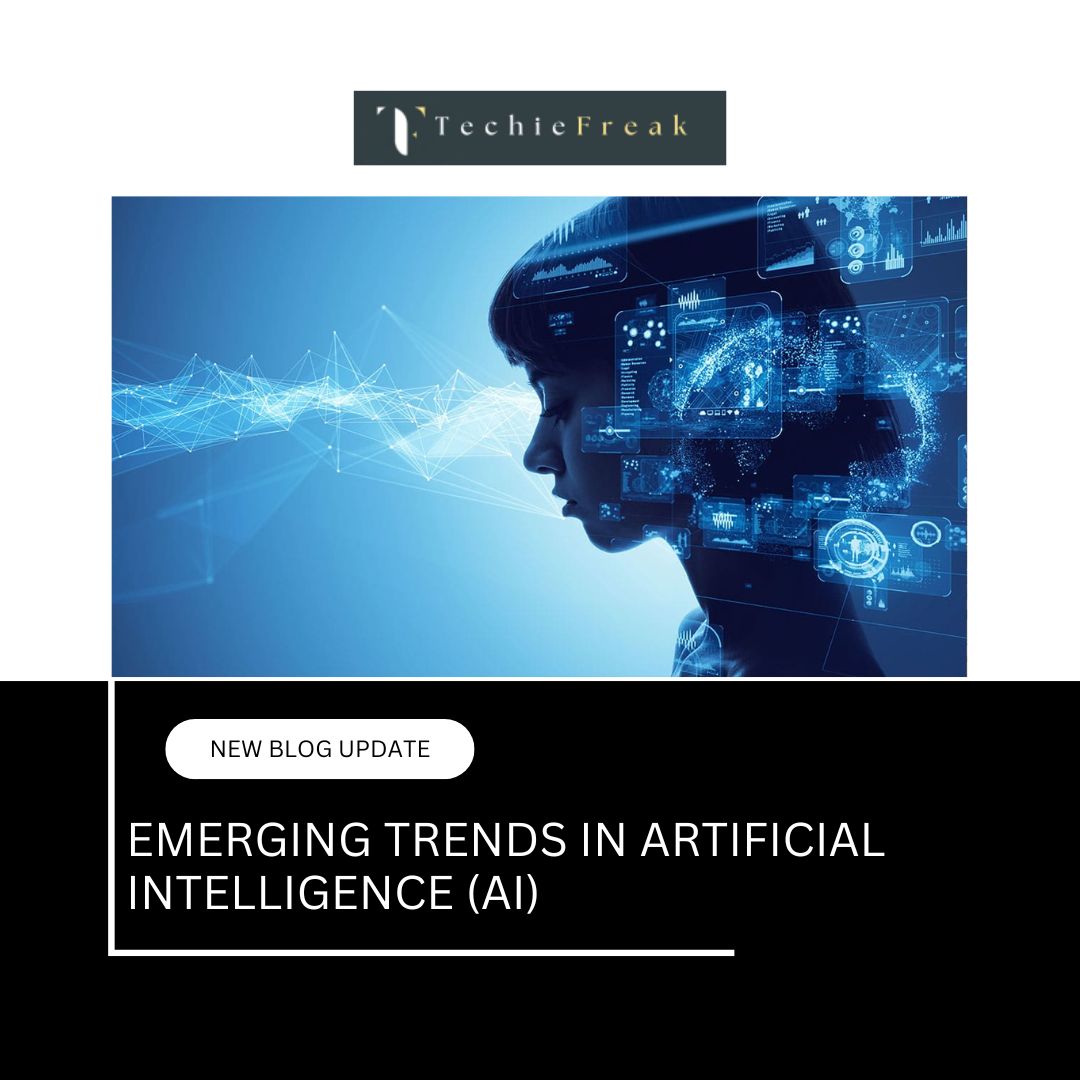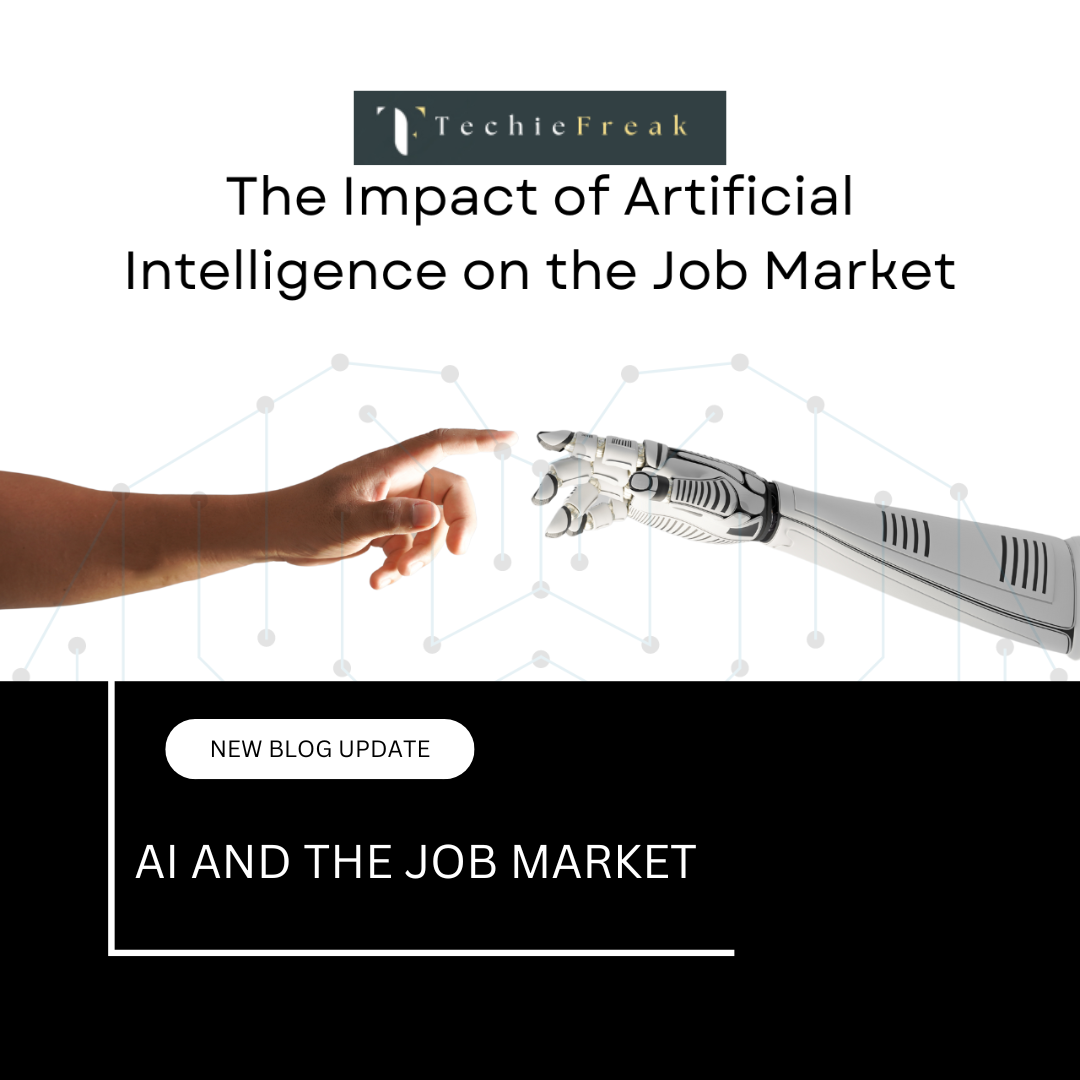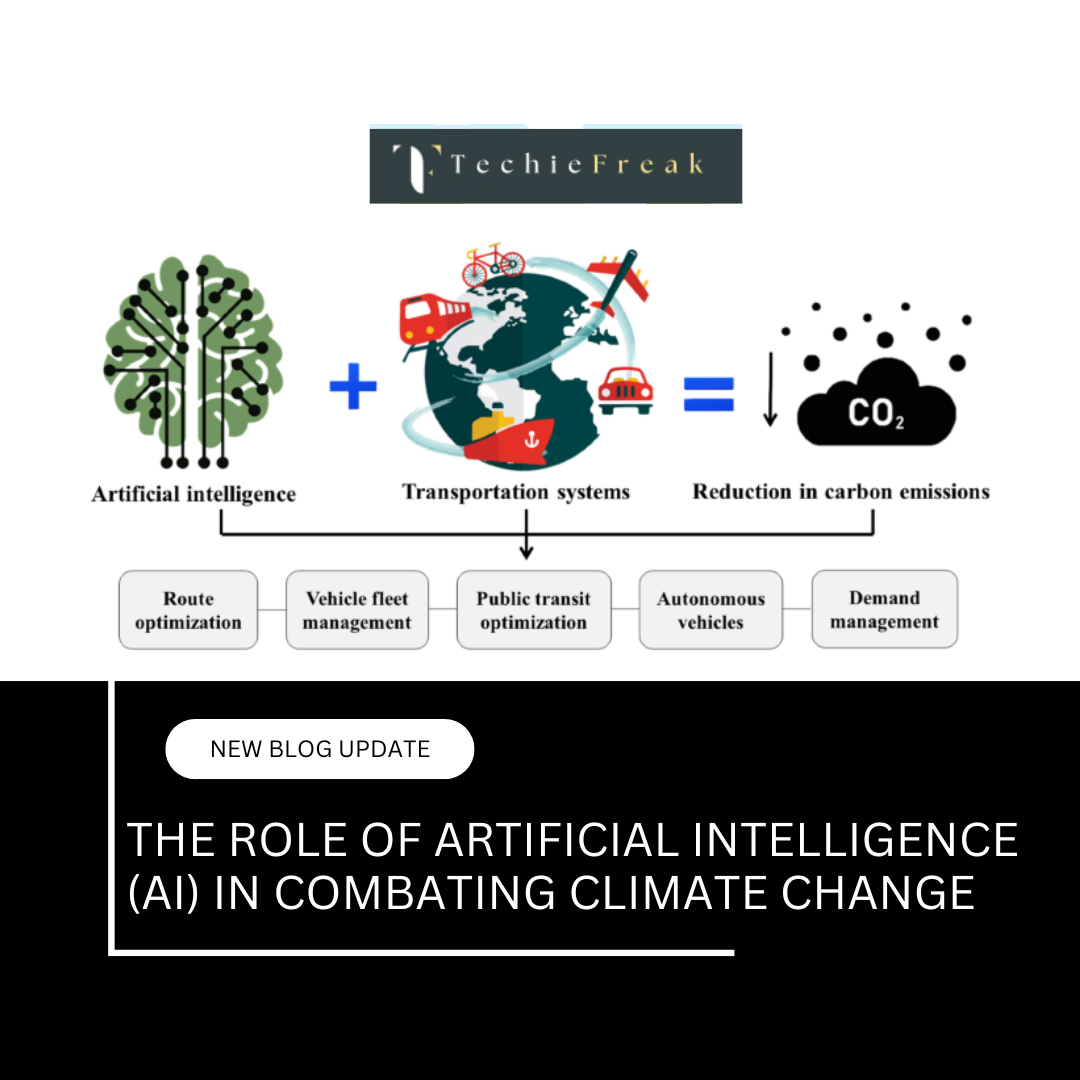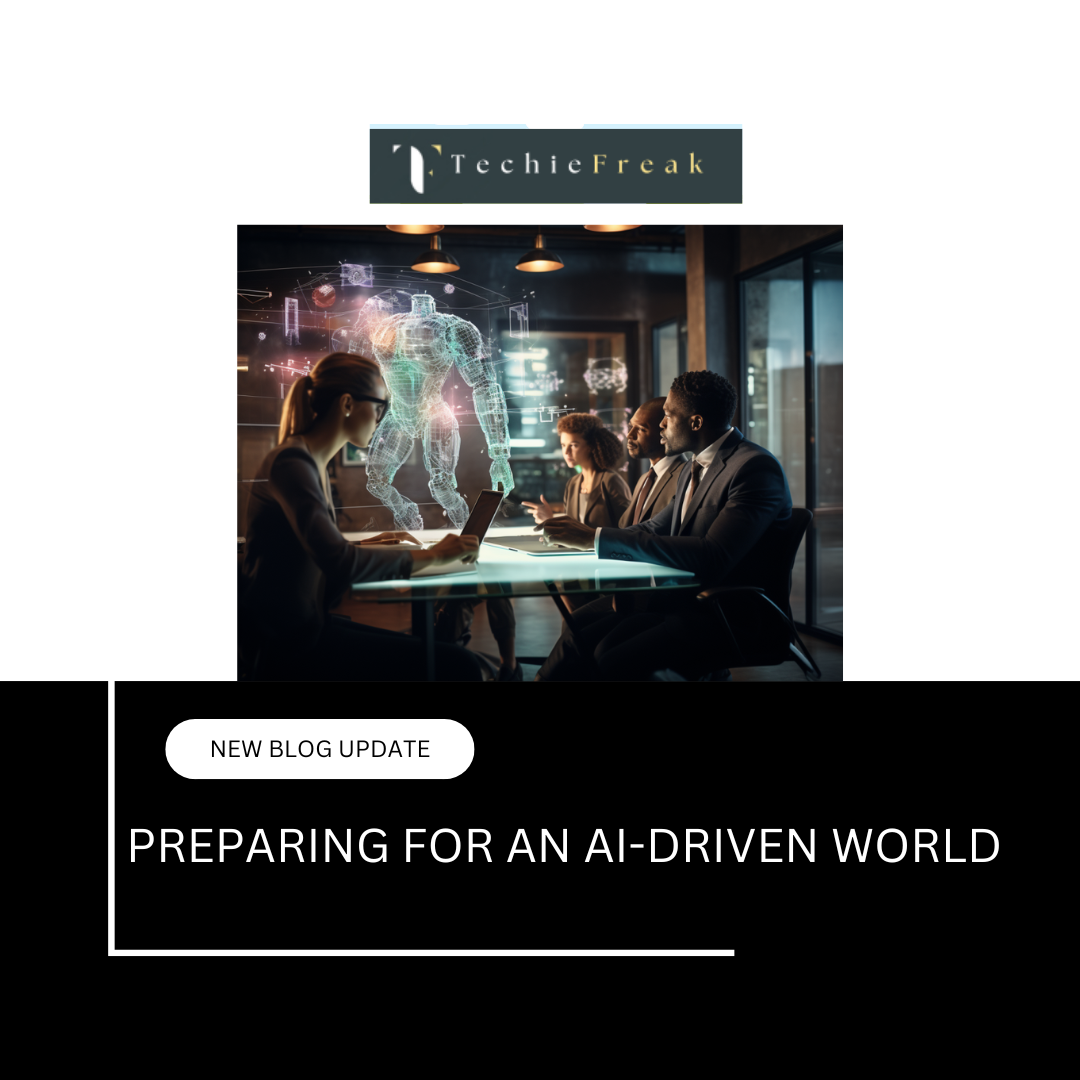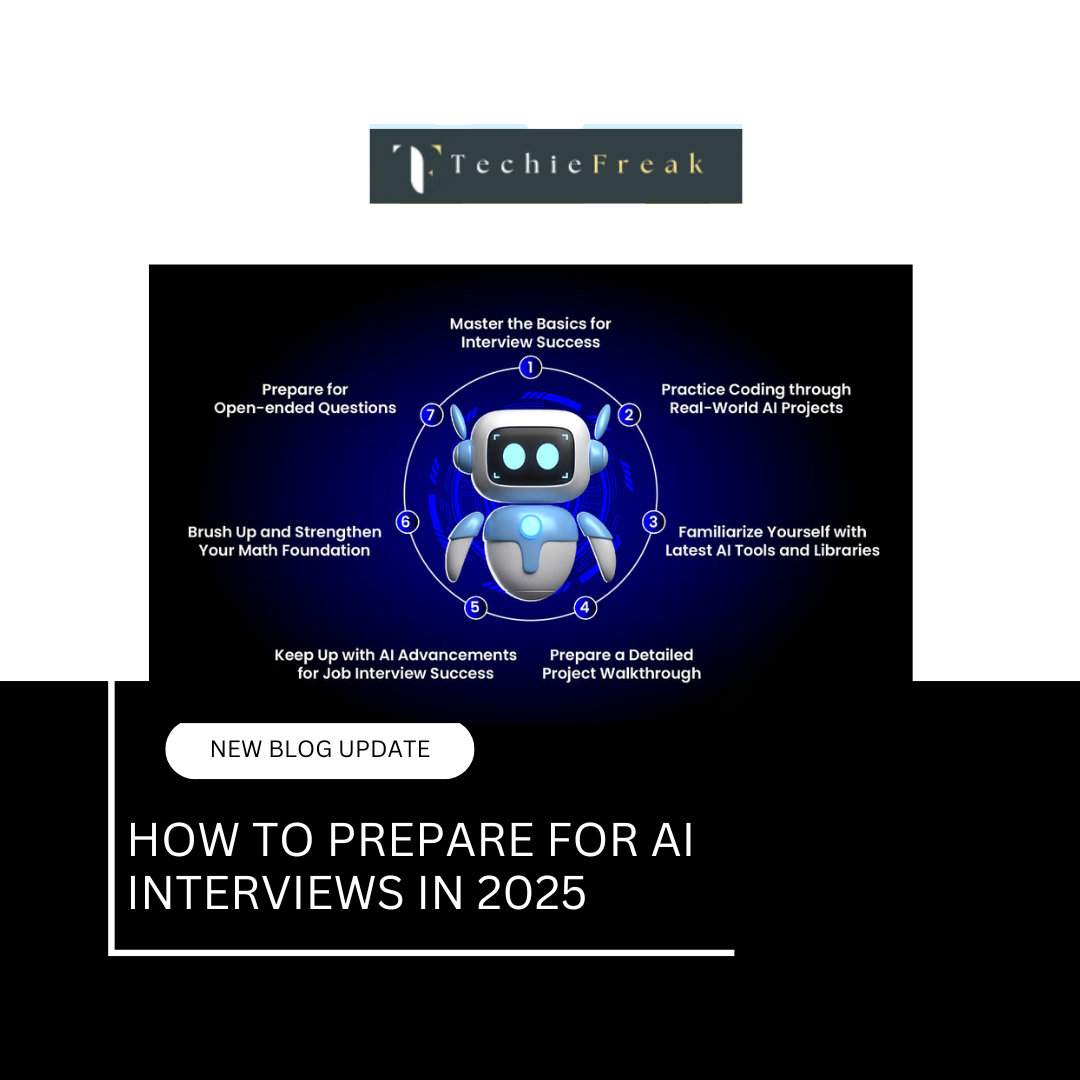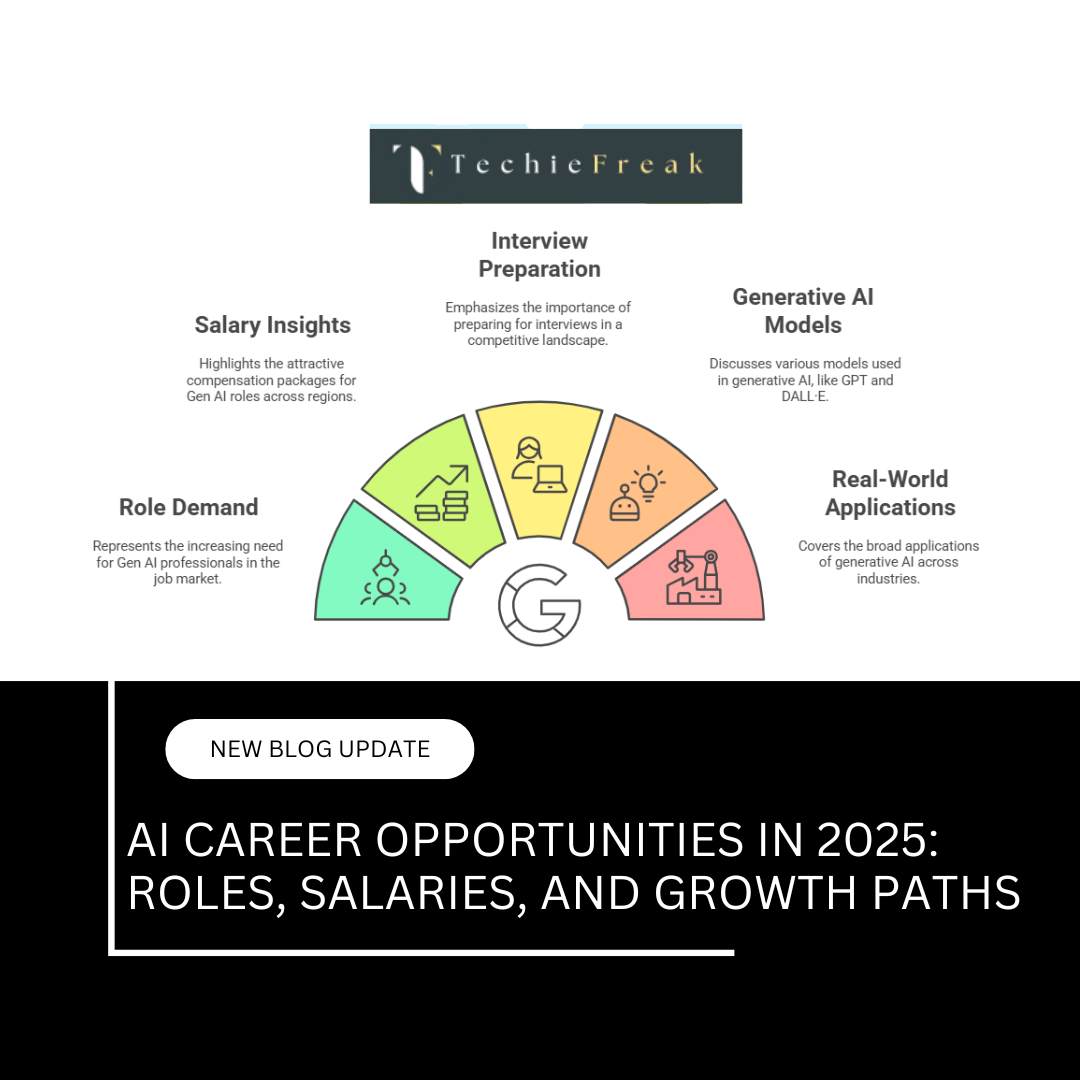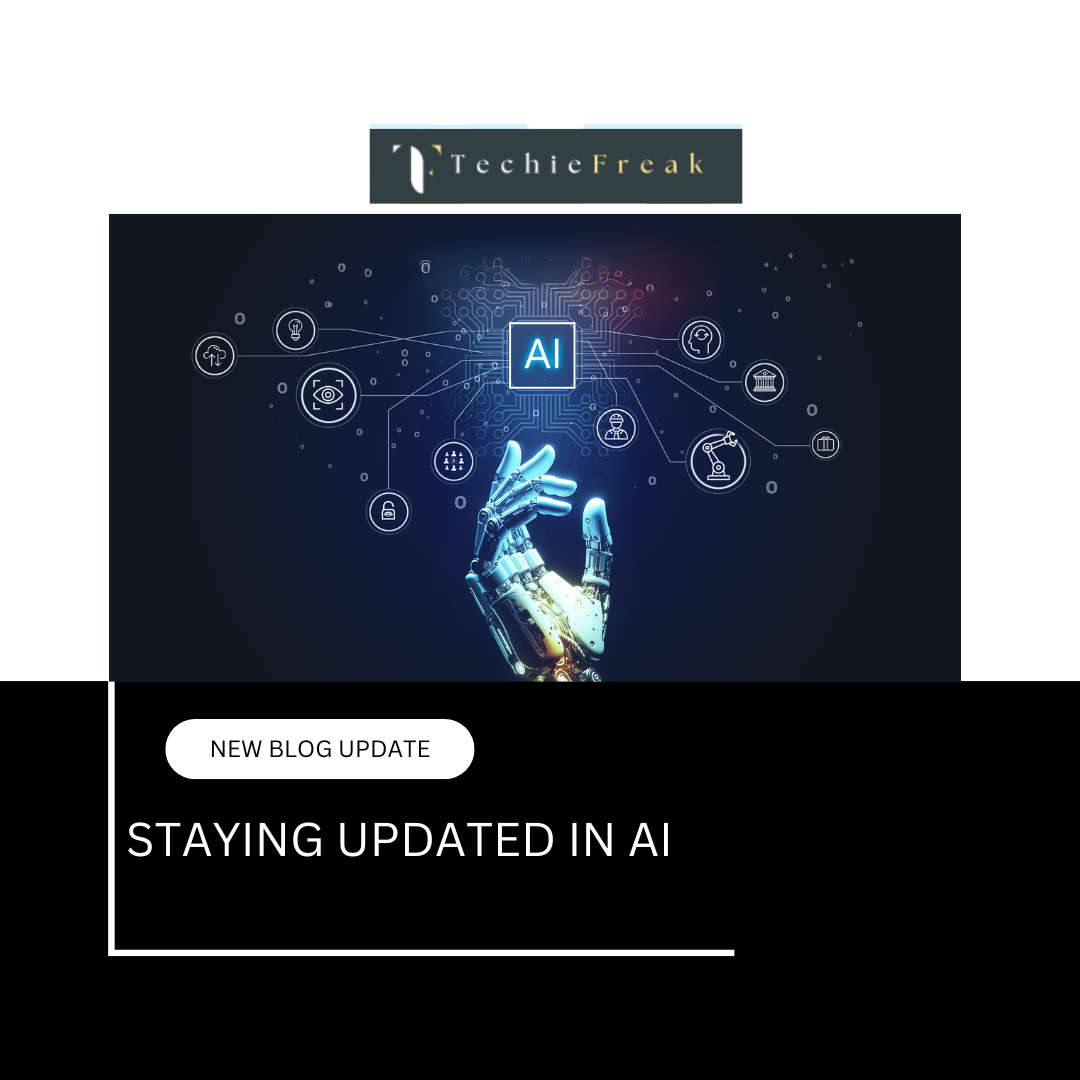Introduction to NLP: Understanding How Machines Process Language
What is Natural Language Processing (NLP)?
Natural Language Processing (NLP) is a branch of artificial intelligence (AI) that enables machines to understand, interpret, and generate human language. It combines computational linguistics with machine learning and deep learning to process textual and spoken data in a way that mimics human comprehension.
NLP is used in a wide range of applications, from virtual assistants like Siri and Alexa to automated customer service chatbots and advanced translation tools like Google Translate. As AI continues to evolve, NLP is becoming more sophisticated, helping businesses, researchers, and everyday users interact with technology in a more natural and intuitive way.
Importance of NLP
In today’s digital world, vast amounts of data are generated daily through social media, emails, websites, and customer interactions. NLP helps in extracting meaningful insights from this unstructured data, allowing businesses and researchers to improve decision-making, automate repetitive tasks, and enhance user experience.
Key Reasons Why NLP is Important:
- Bridging the Human-Machine Gap: Machines traditionally process data in numerical formats, while humans communicate using complex languages. NLP acts as a bridge, allowing machines to process and understand text-based human communication.
- Enhancing Automation: Businesses use NLP for automating customer support, content moderation, and sentiment analysis.
- Improving Accessibility: NLP-driven applications like speech-to-text and text-to-speech assist visually or hearing-impaired individuals.
- Powering AI Assistants: NLP enables virtual assistants like Siri, Alexa, and Google Assistant to understand voice commands and respond accordingly.
- Enabling Language Translation: Tools like Google Translate rely on NLP to provide real-time translations across multiple languages.
Real-World Applications of NLP
NLP is deeply embedded in our daily lives, often in ways we don’t even realize. Let’s explore some of the most impactful applications of NLP in various industries.
1. Chatbots and Virtual Assistants
Chatbots and AI-powered virtual assistants, such as ChatGPT, Alexa, Siri, and Google Assistant, use NLP to understand and respond to user queries. They provide automated support, answer questions, and even perform tasks like setting reminders and playing music.
Example: When you ask Alexa, "What’s the weather today?", it uses NLP to process the question, fetch relevant data, and generate a spoken response.
2. Search Engines (Google, Bing, DuckDuckGo)
Search engines rely on NLP to understand user queries and return the most relevant results. Google's search algorithm, powered by NLP techniques like BERT (Bidirectional Encoder Representations from Transformers), helps interpret search intent more accurately than traditional keyword matching.
Example: Searching "best places to visit in winter" returns tailored results based on context and user preferences, rather than just matching keywords.
3. Language Translation (Google Translate, DeepL)
NLP-powered translation tools enable seamless communication across languages. These tools use deep learning models to provide accurate and context-aware translations.
Example: Google Translate can convert a sentence from English to Spanish while preserving its original meaning.
4. Sentiment Analysis (Brand Monitoring & Social Media Analytics)
Companies use NLP for sentiment analysis to gauge customer opinions, brand reputation, and market trends. This involves analyzing customer reviews, social media posts, and online discussions.
Example: A company might analyze tweets to determine whether customers have positive, neutral, or negative sentiments about their brand.
5. Text Summarization (News & Content Aggregation)
NLP is used to automatically generate concise summaries of long articles, news reports, or research papers. This helps users quickly grasp the main points without reading the entire content.
Example: AI-powered tools like SummarizeBot can create short summaries of lengthy documents.
6. Speech Recognition (Voice-to-Text Applications)
Speech-to-text technology allows spoken language to be converted into written text, improving accessibility and automation.
Example: Google Voice Typing and Apple's Siri use NLP to transcribe voice commands into text.
Challenges in NLP
Despite its advancements, NLP still faces significant challenges due to the complexity and ambiguity of human language. Here are some key hurdles:
1. Ambiguity in Language
Human language is inherently ambiguous, making it difficult for machines to interpret certain phrases correctly.
Example: The sentence "I saw the man with the telescope" could mean:
- "I saw a man who was using a telescope."
- "I used a telescope to see a man."
2. Understanding Context and Sentiment
Machines struggle with contextual understanding, idioms, and sarcasm.
Example: The phrase "That’s just great!" could be genuine praise or sarcasm, depending on the context.
3. Language Variations and Dialects
Different languages, dialects, and slang make NLP models more complex to develop. A phrase in English might have multiple meanings in different regions.
Example: "Lift" in British English means an elevator, while in American English, it means to raise something.
4. Data Scarcity for Low-Resource Languages
Most NLP models are trained on widely spoken languages like English, but low-resource languages (e.g., African and Indigenous languages) lack sufficient training data.
5. Bias in NLP Models
AI models learn from existing data, which may contain biases based on gender, race, or culture. If not addressed, NLP models can propagate harmful biases in decision-making.
Example: Early AI models showed gender bias by associating words like "doctor" with men and "nurse" with women.
6. Real-Time Processing and Scalability
Processing large volumes of text in real-time requires immense computational power. Optimizing NLP models for efficiency remains a challenge.
Future of NLP
Natural Language Processing (NLP) is at the forefront of artificial intelligence advancements, shaping the way machines interact with human language. From chatbots and voice assistants to real-time translation and sentiment analysis, NLP is transforming industries and everyday life. As technology evolves, several key trends are emerging that will redefine the capabilities of NLP models.
1. More Advanced AI Models
Transformer-based models like GPT-4, BERT, and T5 have already revolutionized NLP by enhancing contextual understanding and generating human-like text. However, the future promises even more sophisticated models with improved accuracy, efficiency, and adaptability.
- Smaller, More Efficient Models: While current transformer models are powerful, they require significant computational resources. Future developments will focus on optimizing models to be lightweight while maintaining performance, making AI more accessible across devices.
- Better Context Retention: Large language models still struggle with long-term dependencies in text. New architectures will improve the ability to retain context over longer conversations and documents, making AI interactions more coherent and meaningful.
- Domain-Specific NLP Models: Instead of generic models, specialized NLP models will be fine-tuned for specific industries like healthcare, law, and finance, ensuring higher accuracy in domain-related language understanding.
2. Better Multilingual NLP
Language barriers have long been a challenge in communication, but NLP is rapidly improving its multilingual capabilities. Future advancements will focus on creating AI models that can seamlessly understand, translate, and generate text across multiple languages and dialects.
- Zero-Shot and Few-Shot Learning: Instead of requiring large datasets for every language, future NLP models will use few-shot and zero-shot learning to understand new languages with minimal training.
- Code-Switching Support: In many regions, people use a mix of languages in daily conversations. Advanced NLP models will better handle code-switching, enabling more natural and fluid interactions in multilingual contexts.
- Low-Resource Language Support: Many NLP models currently perform well in widely spoken languages like English, Spanish, and Mandarin but struggle with low-resource languages. Future research will focus on improving AI performance in underrepresented languages.
3. Emotion AI (Affective Computing)
Human communication goes beyond just words—it includes tone, sentiment, and intent. Future NLP models will integrate emotional intelligence, allowing AI to detect and respond to human emotions with greater accuracy.
- Sentiment and Emotion Recognition: While sentiment analysis is already widely used, future NLP systems will recognize more nuanced emotions like sarcasm, frustration, or excitement, improving user interactions.
- Empathetic Chatbots and Virtual Assistants: AI-driven assistants will become more emotionally aware, responding with empathy and adapting their tone based on user emotions. This will be crucial for customer service, mental health support, and social AI applications.
- Voice and Facial Emotion Integration: NLP will be combined with speech and facial recognition to analyze emotional cues beyond text, enhancing the ability of AI to engage in more natural conversations.
4. Ethical and Fair AI Models
As AI systems become more widespread, concerns around bias, misinformation, and ethical AI development are growing. The future of NLP will involve increased efforts to make AI models more fair, transparent, and accountable.
- Bias Reduction in AI Models: Many NLP models inherit biases from their training data, leading to problematic outputs. Researchers are actively working on de-biasing techniques to create more fair and neutral AI systems.
- Explainable AI (XAI) in NLP: As NLP models become more complex, there will be a stronger push for explainability—ensuring users understand how AI arrives at certain decisions and predictions.
- Regulations and Ethical Standards: Governments and organizations are likely to introduce stricter regulations around AI transparency, data privacy, and ethical considerations in NLP applications.
5. Integration with Augmented Reality (AR) & Virtual Reality (VR)
The future of NLP goes beyond text-based interactions. AI-powered language models will be integrated into immersive environments like AR and VR, revolutionizing the way users interact with digital spaces.
- Voice-Controlled Virtual Assistants: NLP will power voice-based interactions in AR/VR environments, allowing users to navigate digital worlds hands-free.
- Context-Aware AI: AI-driven NLP models will analyze surroundings in real time, providing contextual responses based on visual and spatial data in AR/VR applications.
- Enhanced Learning and Training: AR/VR combined with NLP will transform education and training by enabling interactive, AI-driven virtual tutors that understand and respond to spoken language in real time.
Key Takeaways
Natural Language Processing is at the heart of modern AI, powering applications that make human-machine interactions smoother and more intuitive. From chatbots and search engines to translation tools and sentiment analysis, NLP is transforming how we communicate with technology.
However, challenges like ambiguity, bias, and language diversity still need to be addressed. As AI research progresses, NLP will continue to evolve, making machines even better at understanding and processing human language.
Whether you're an AI enthusiast, a developer, or a business looking to leverage NLP, now is the best time to explore the vast potential of this fascinating field!
Next Blog- Preprocessing Text Data (Tokenization, Lemmatization, and Stop Words Removal)
.png)
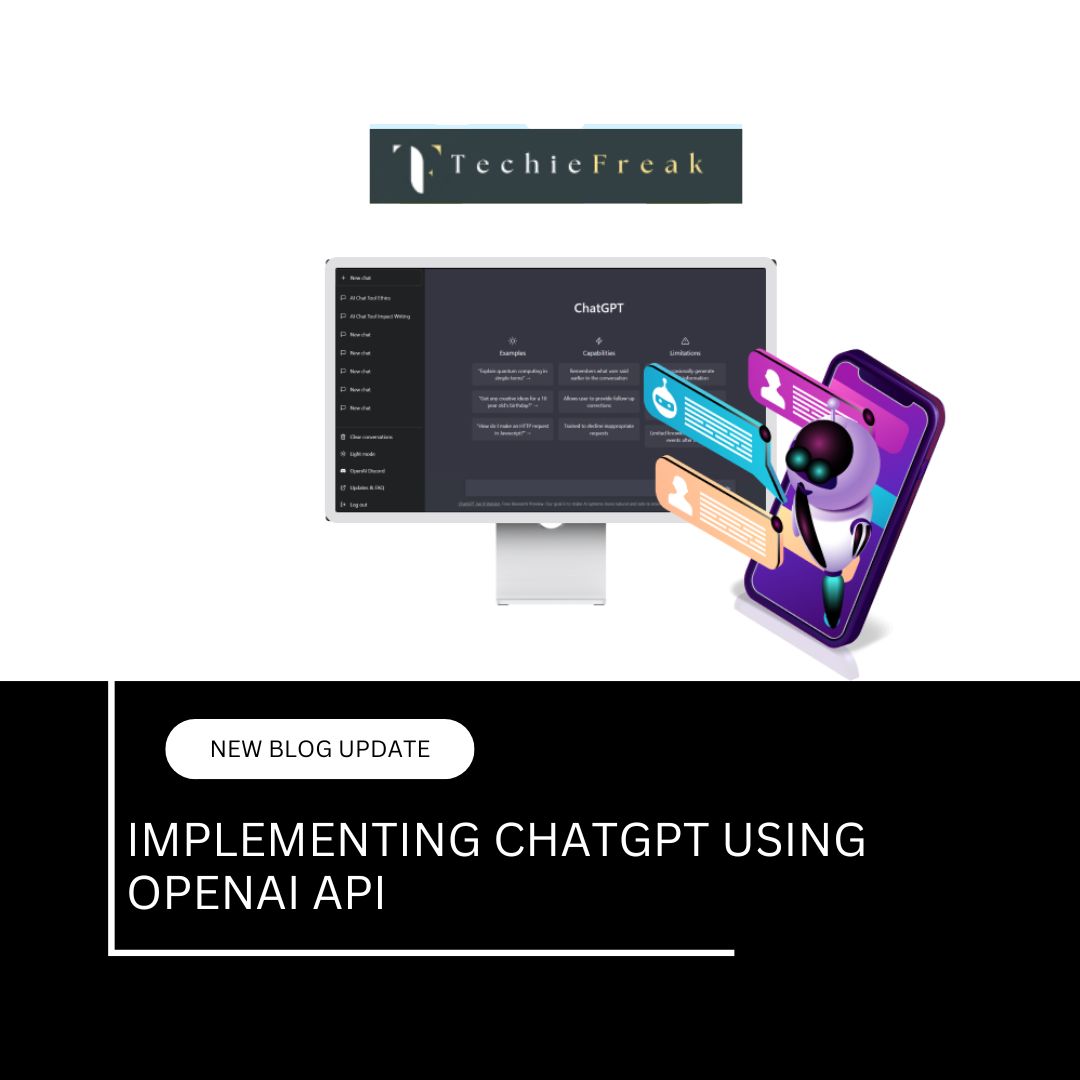
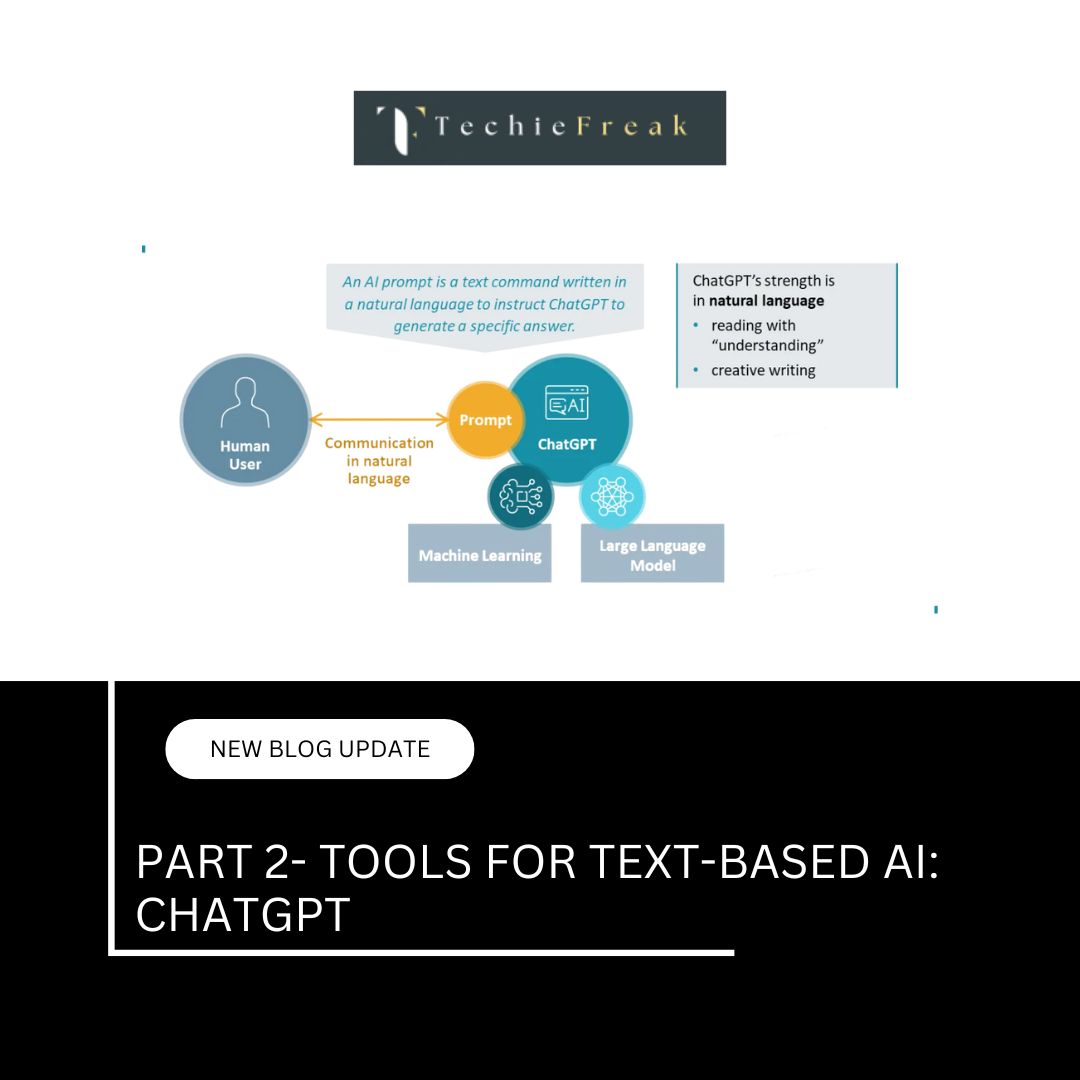
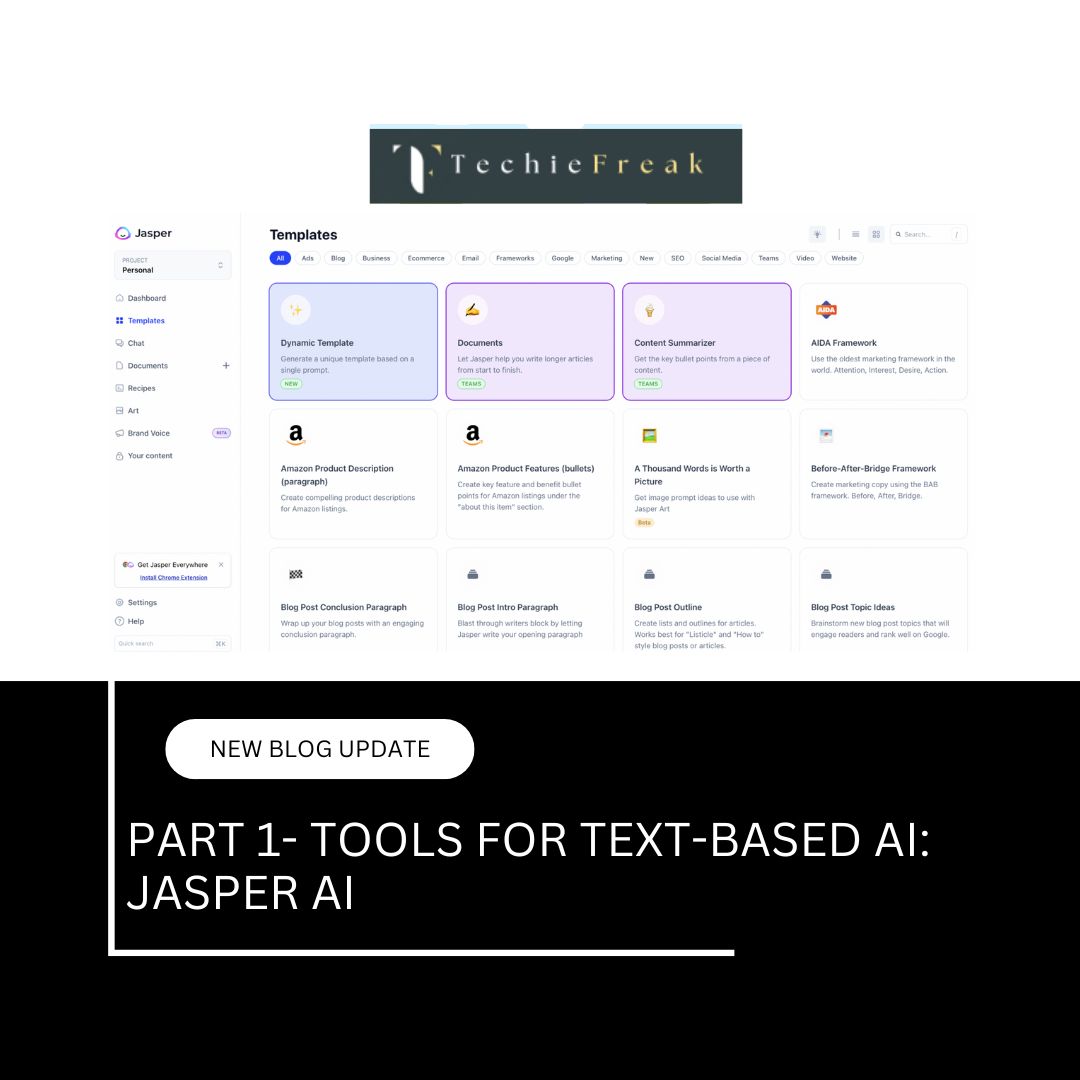


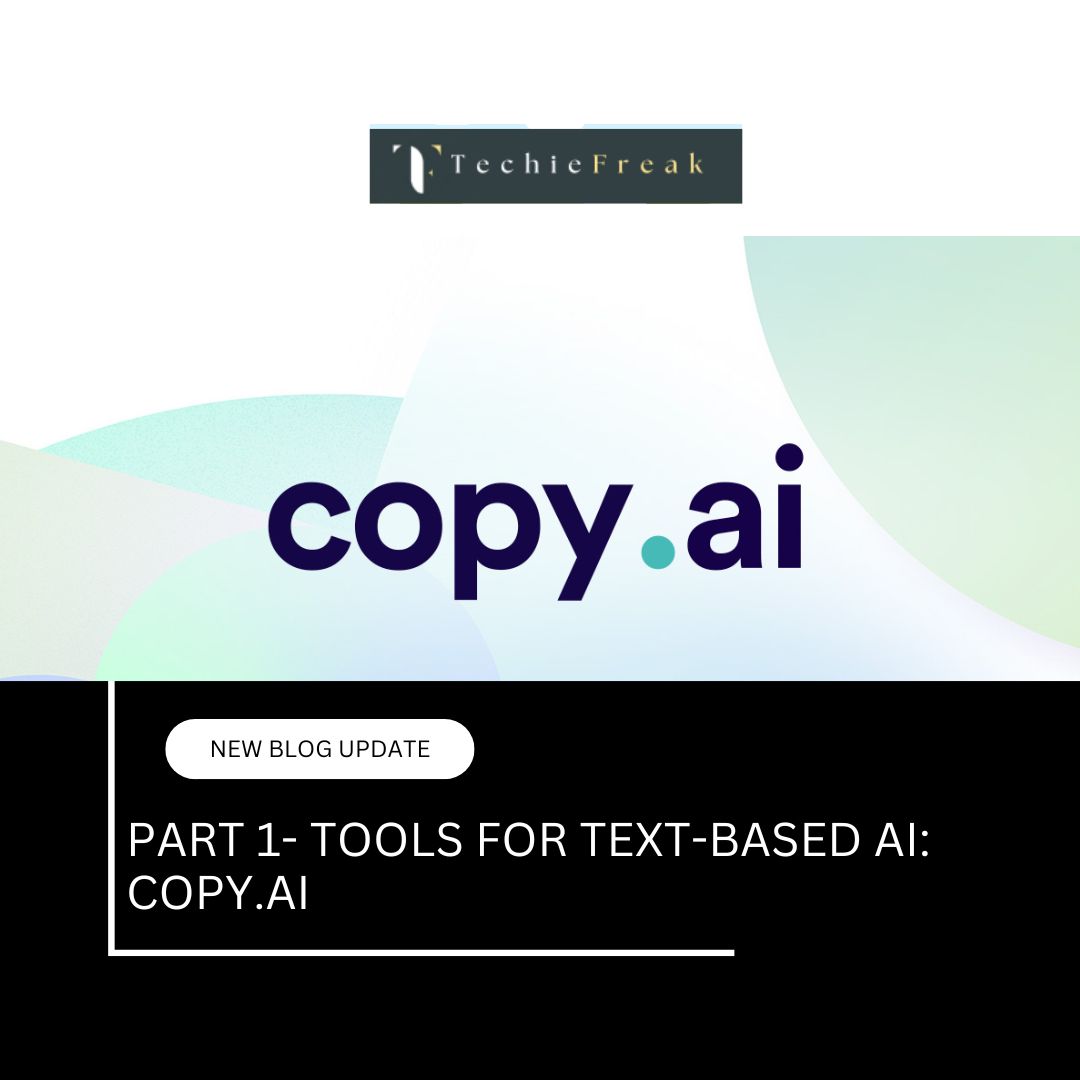
.jpg)
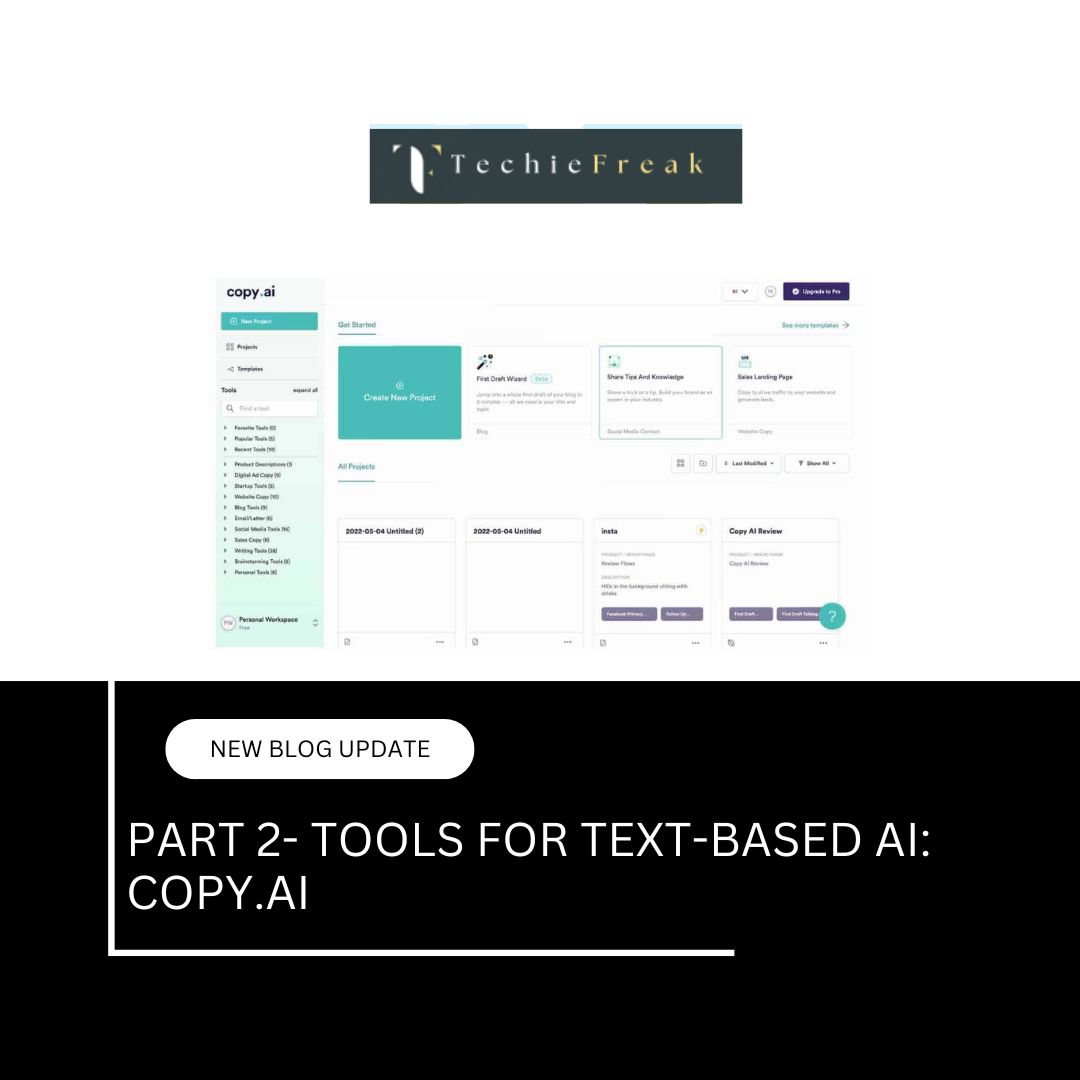
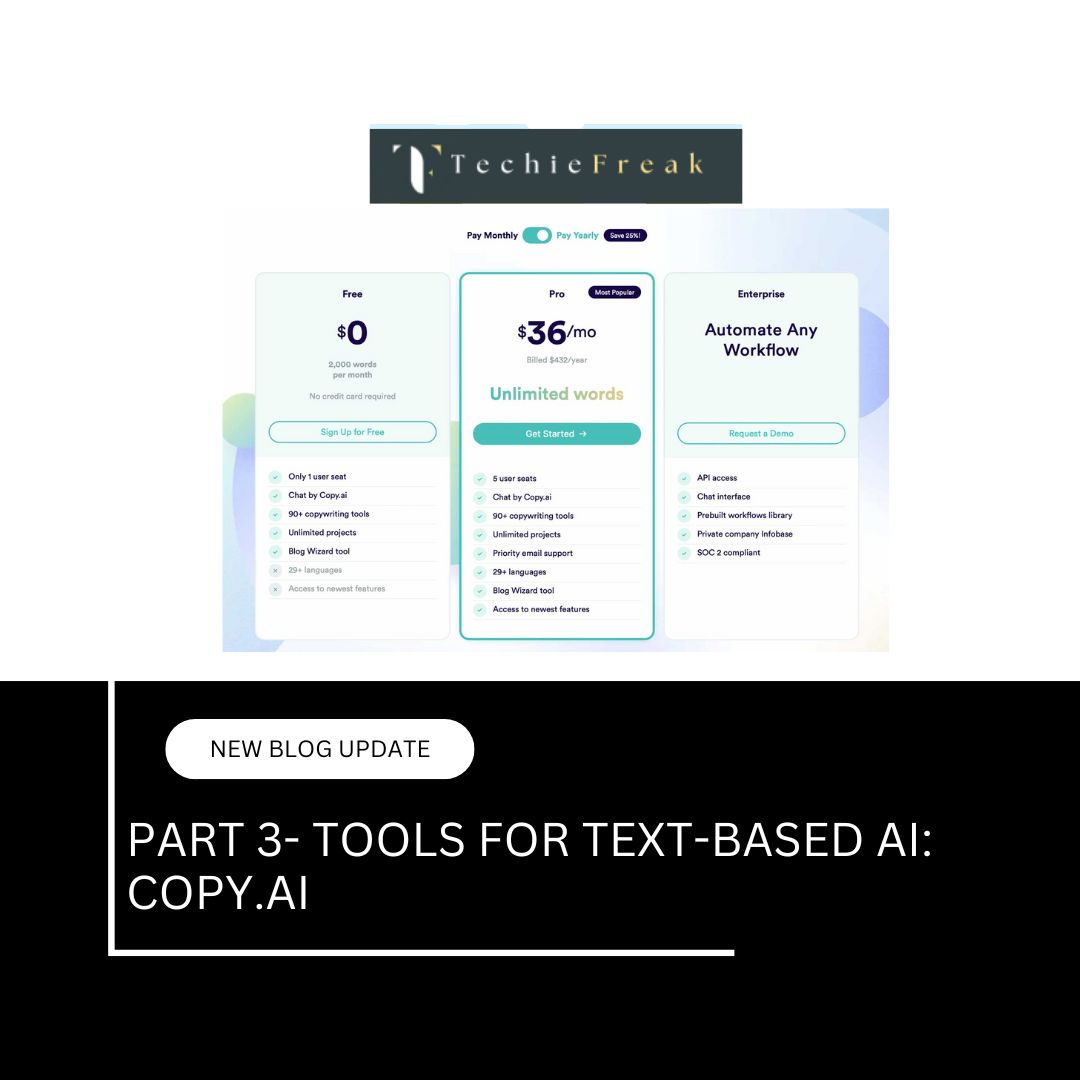
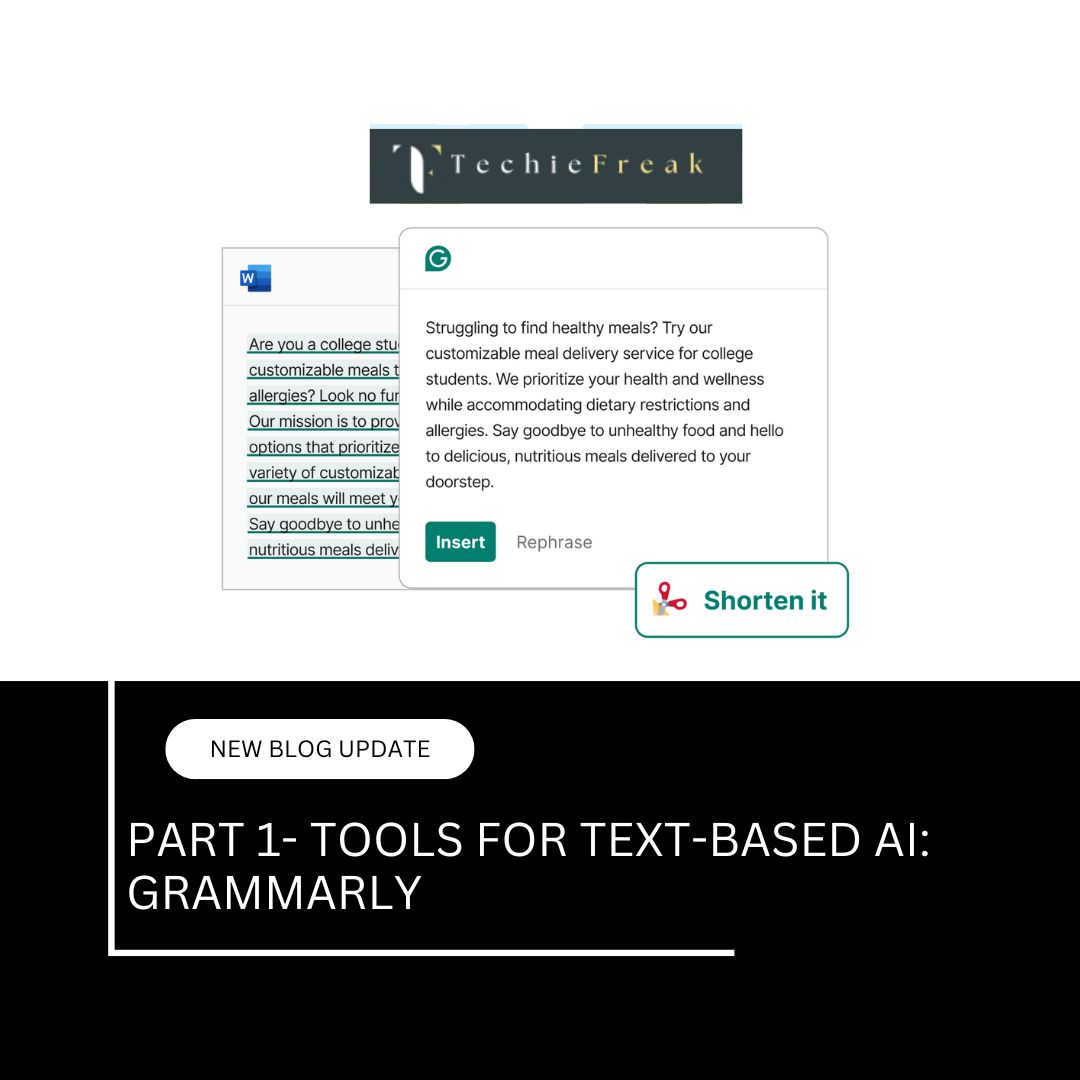
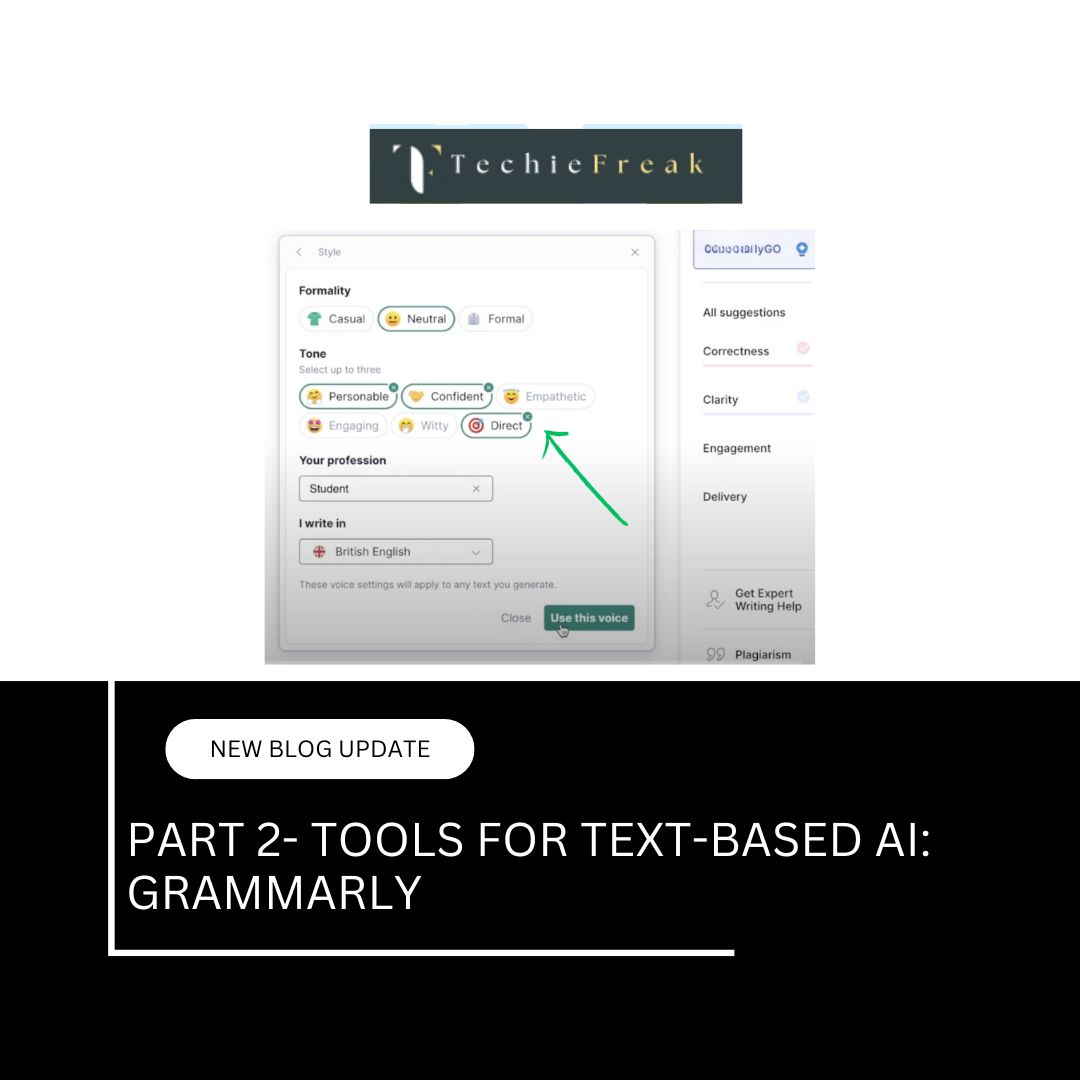
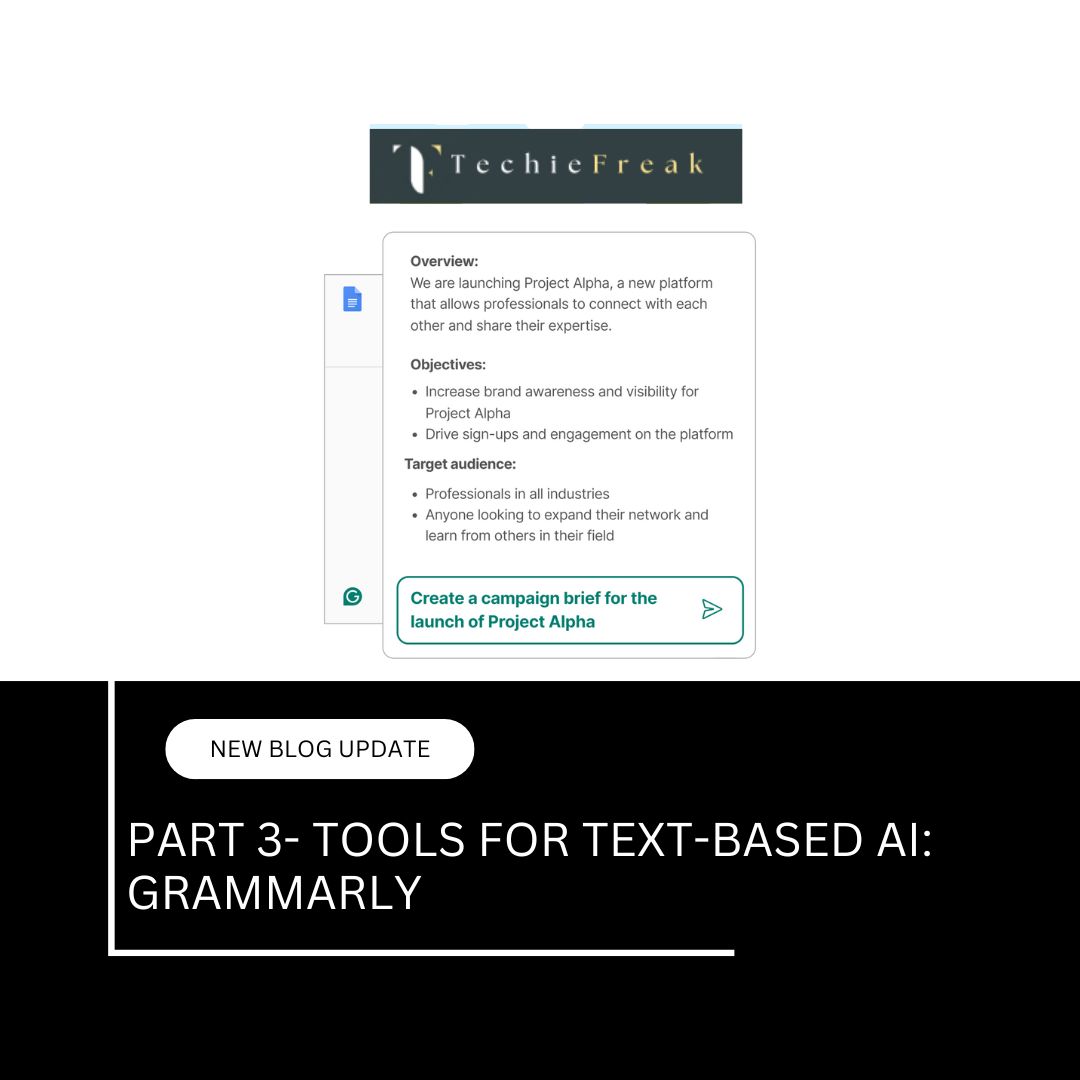
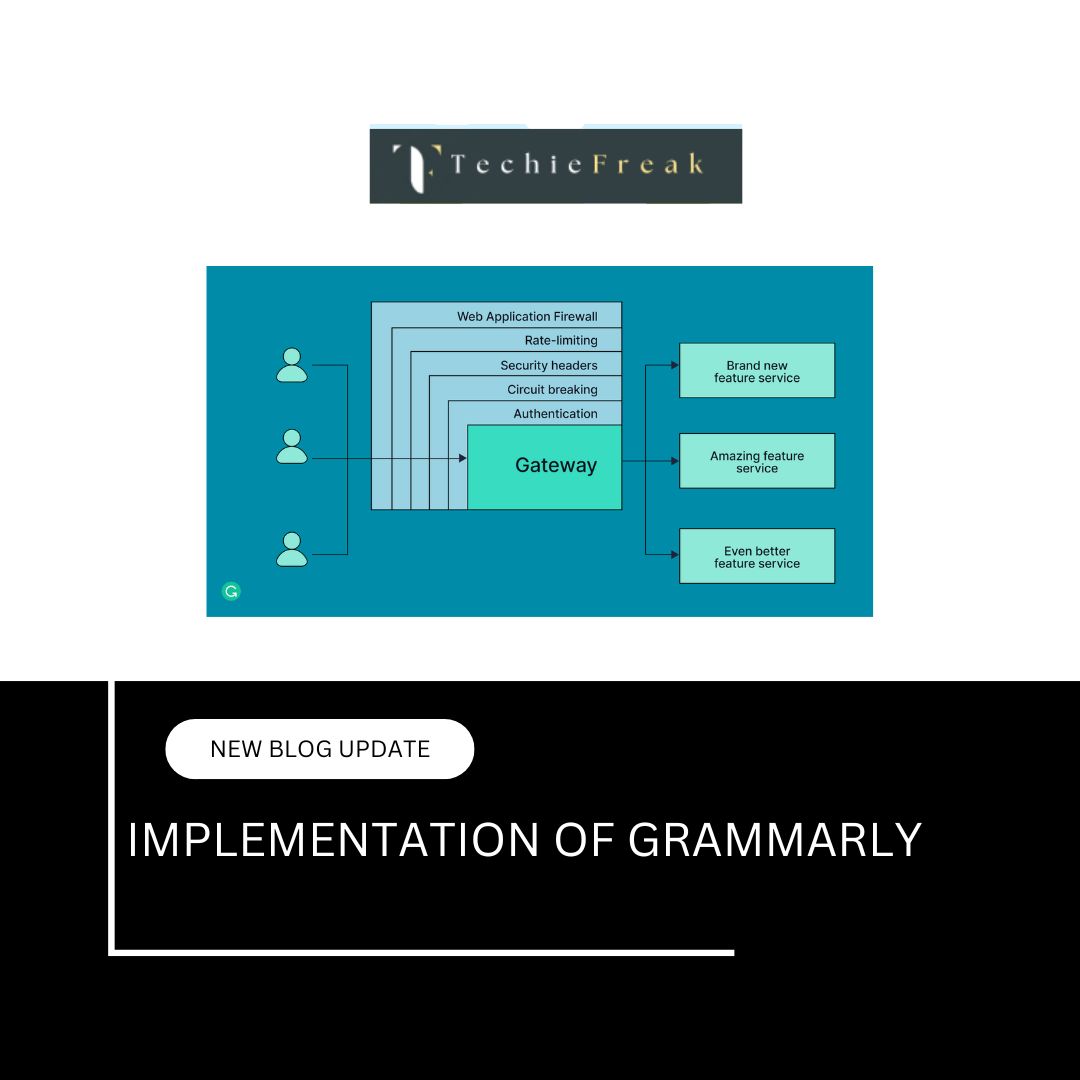
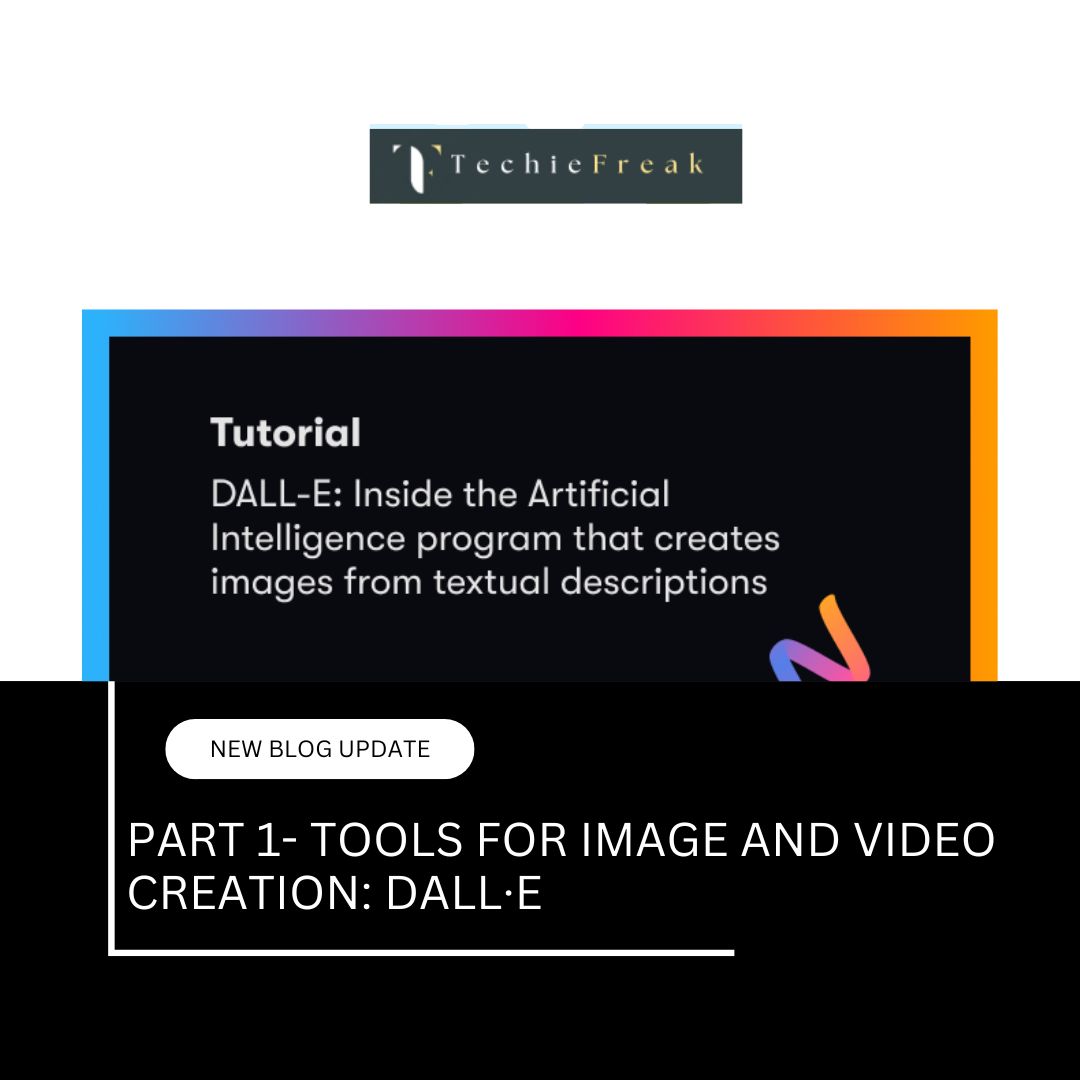

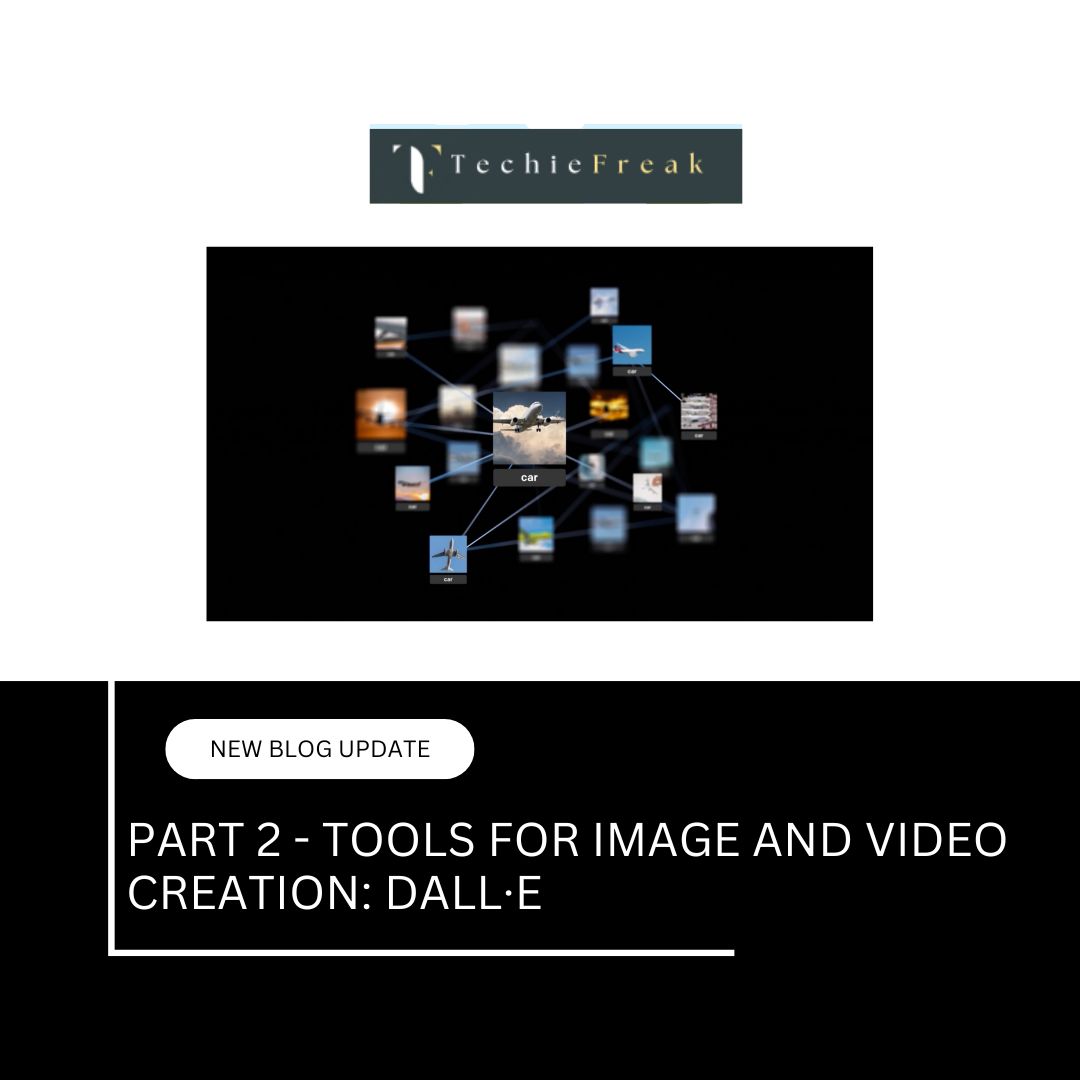

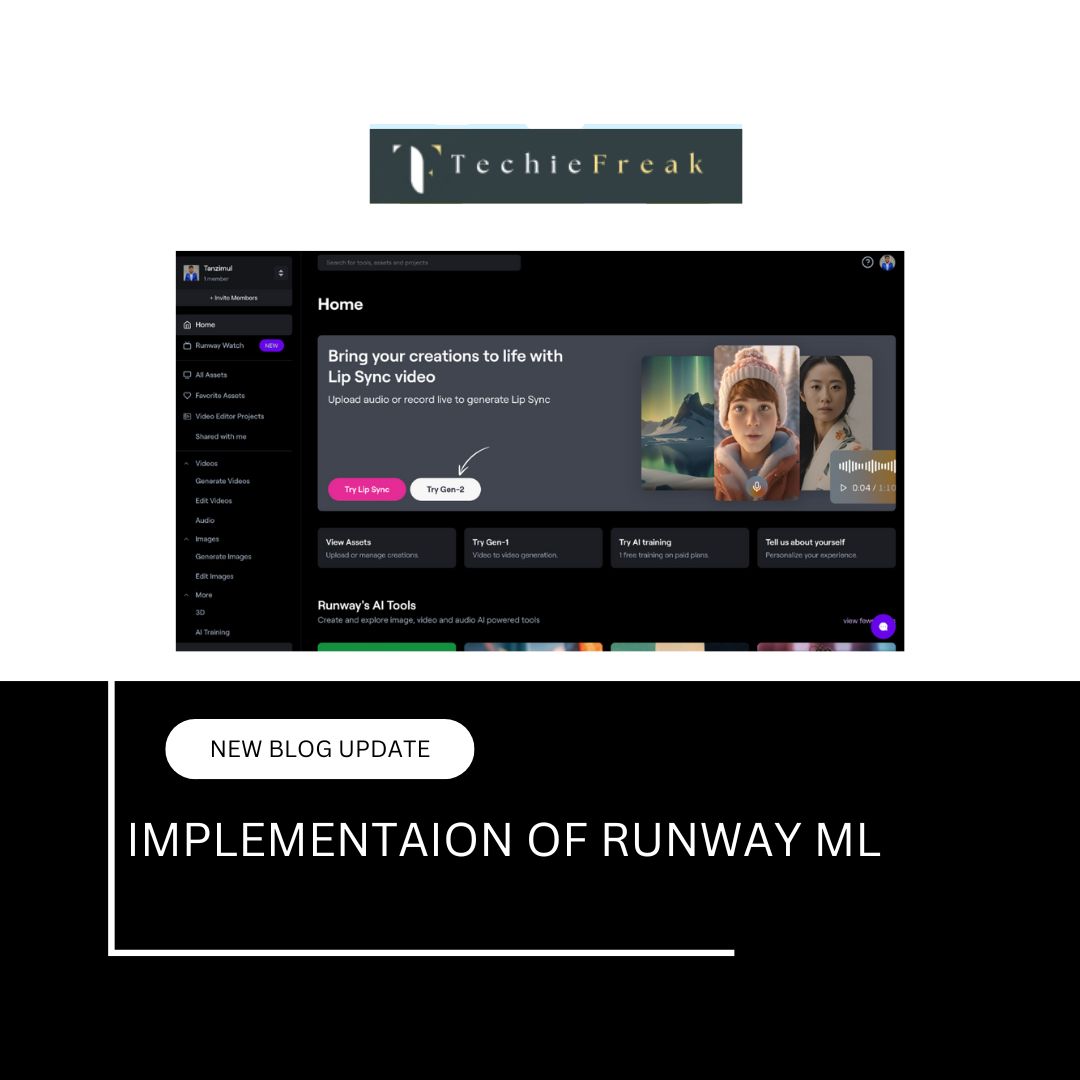


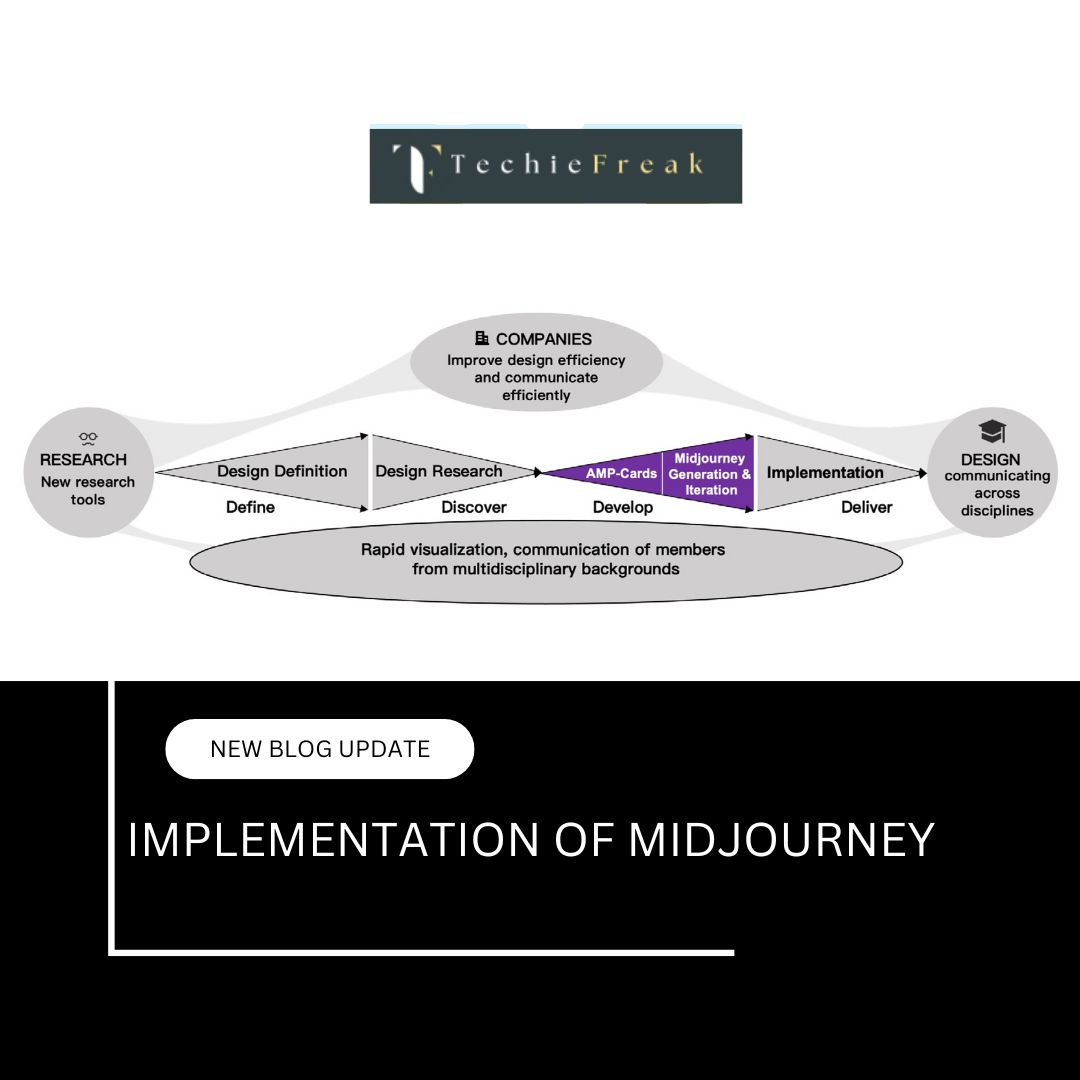
.jpg)

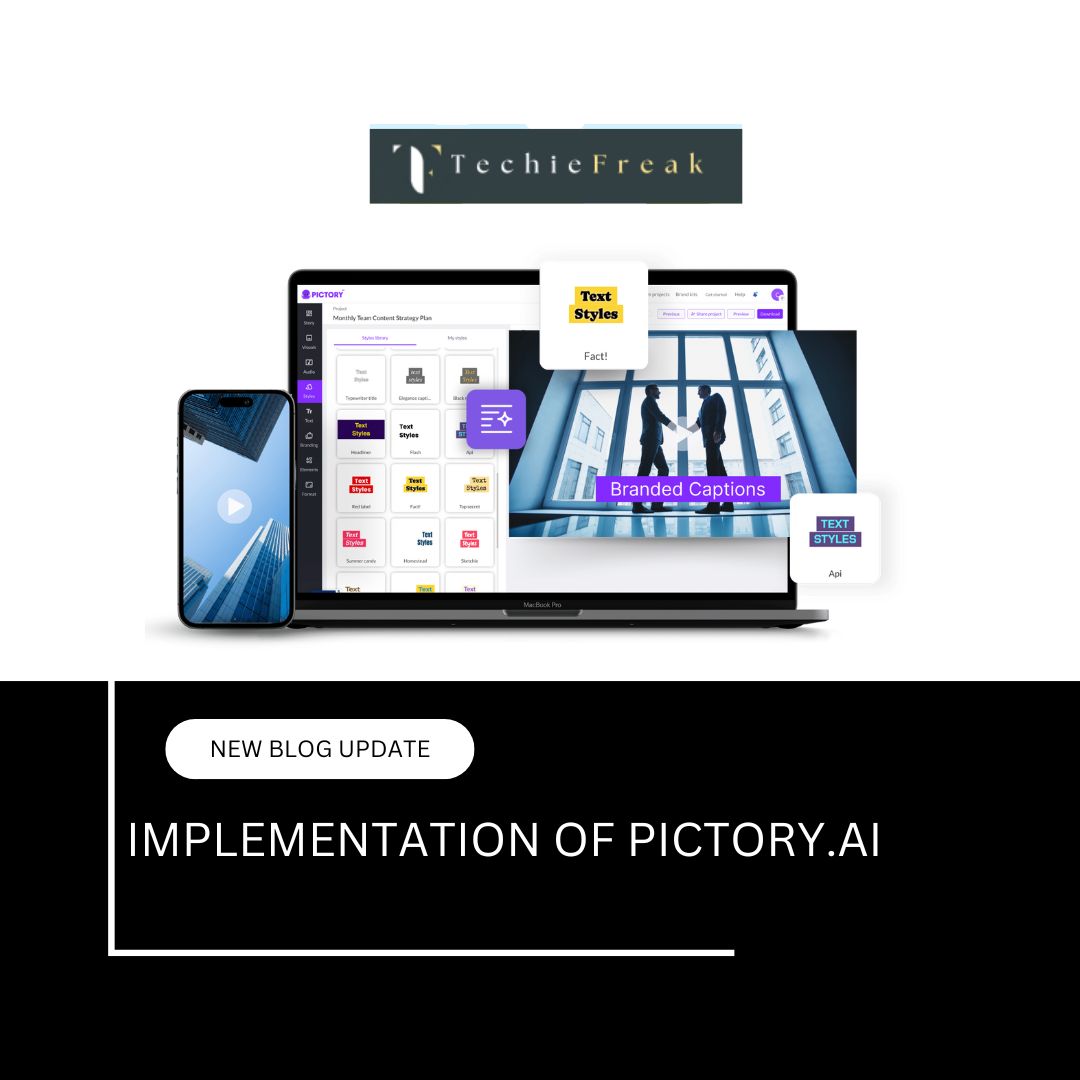
.png)
.png)
.png)
.png)
.png)
.png)
.png)
.png)
.png)
.png)
.png)
.png)
.png)
.png)
.png)
.png)
.png)
.png)
.png)
.png)
.png)
.png)
.png)
.png)
.png)
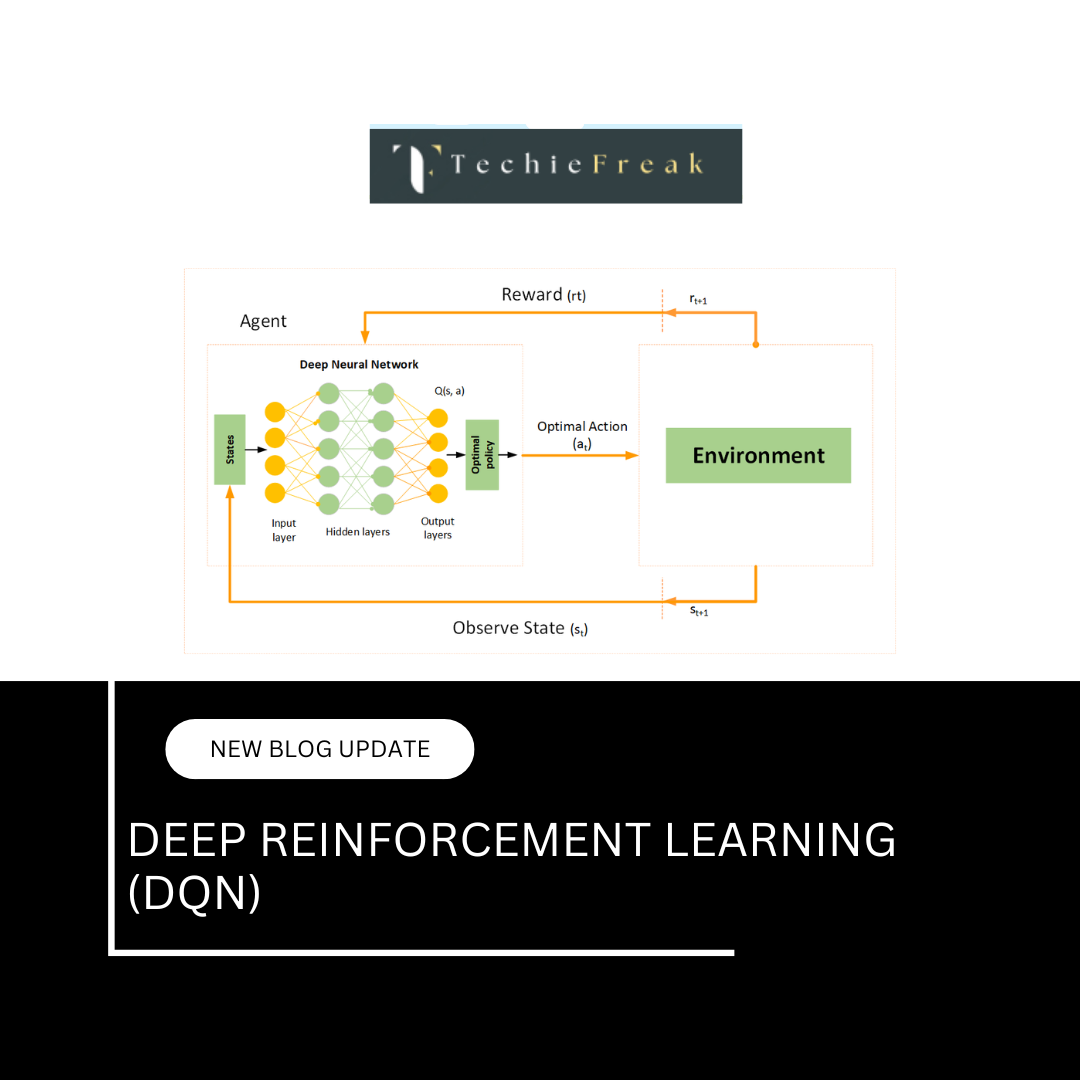
.png)
.png)
.png)
.png)
.png)
.png)

.png)



